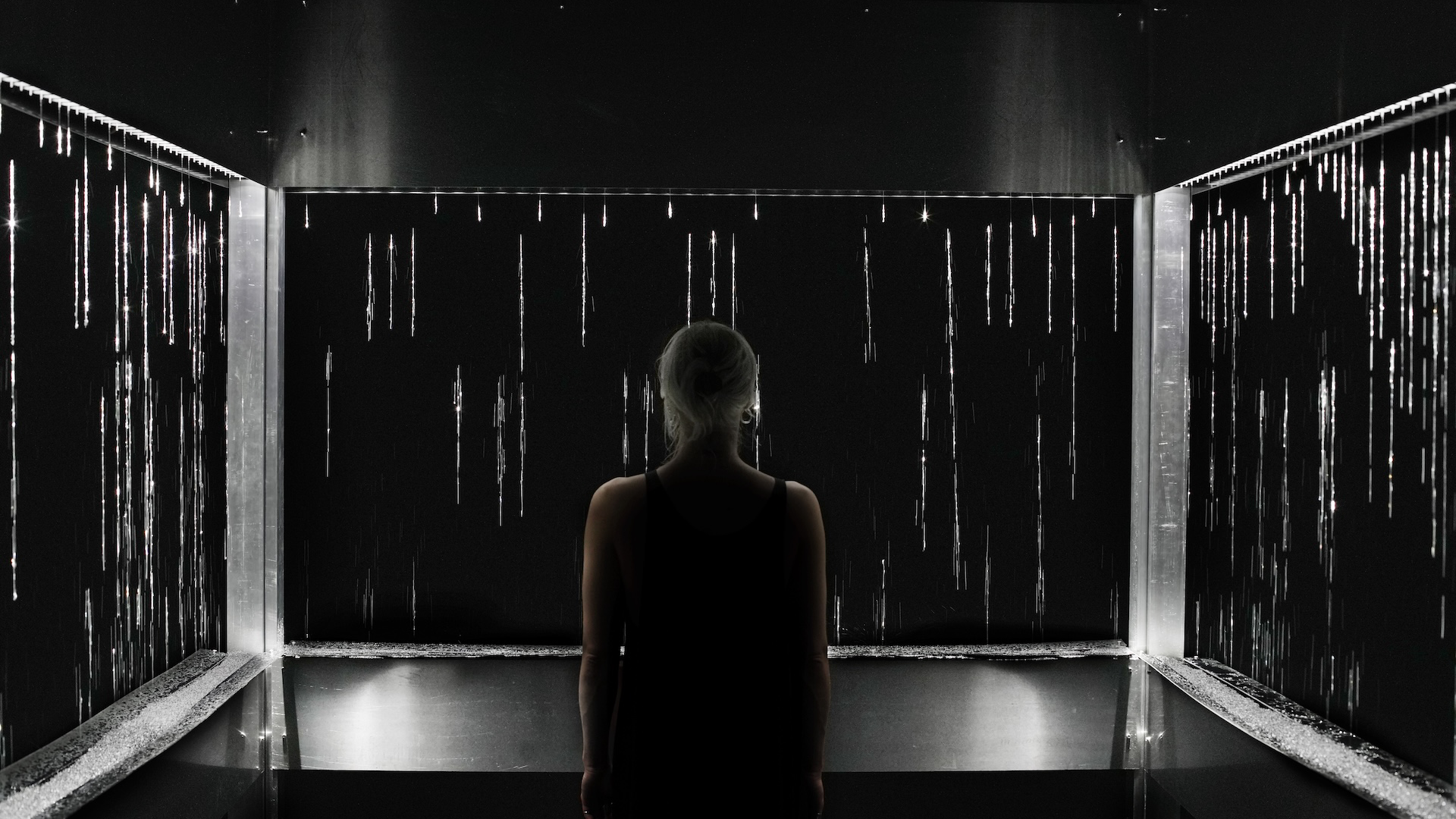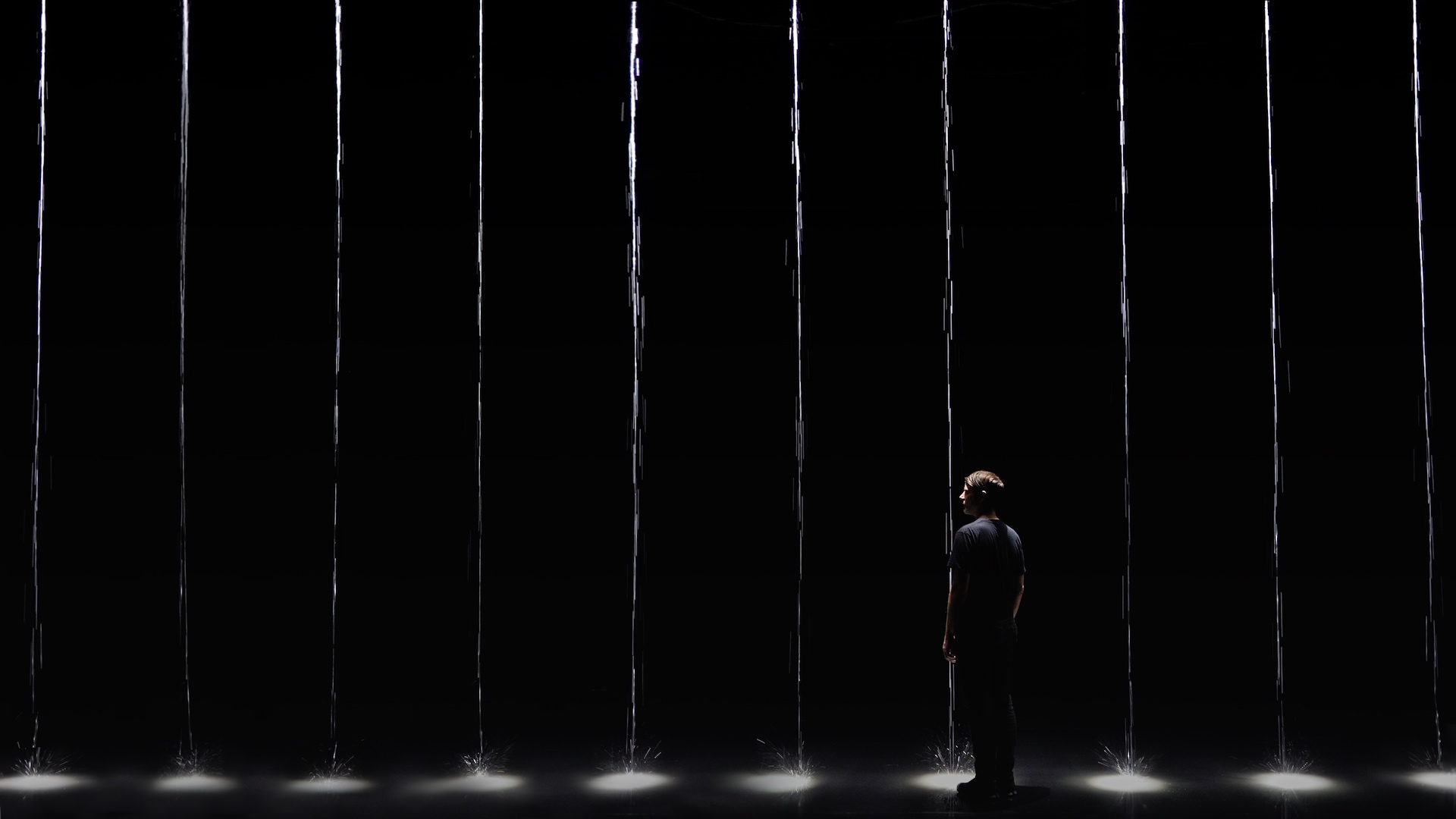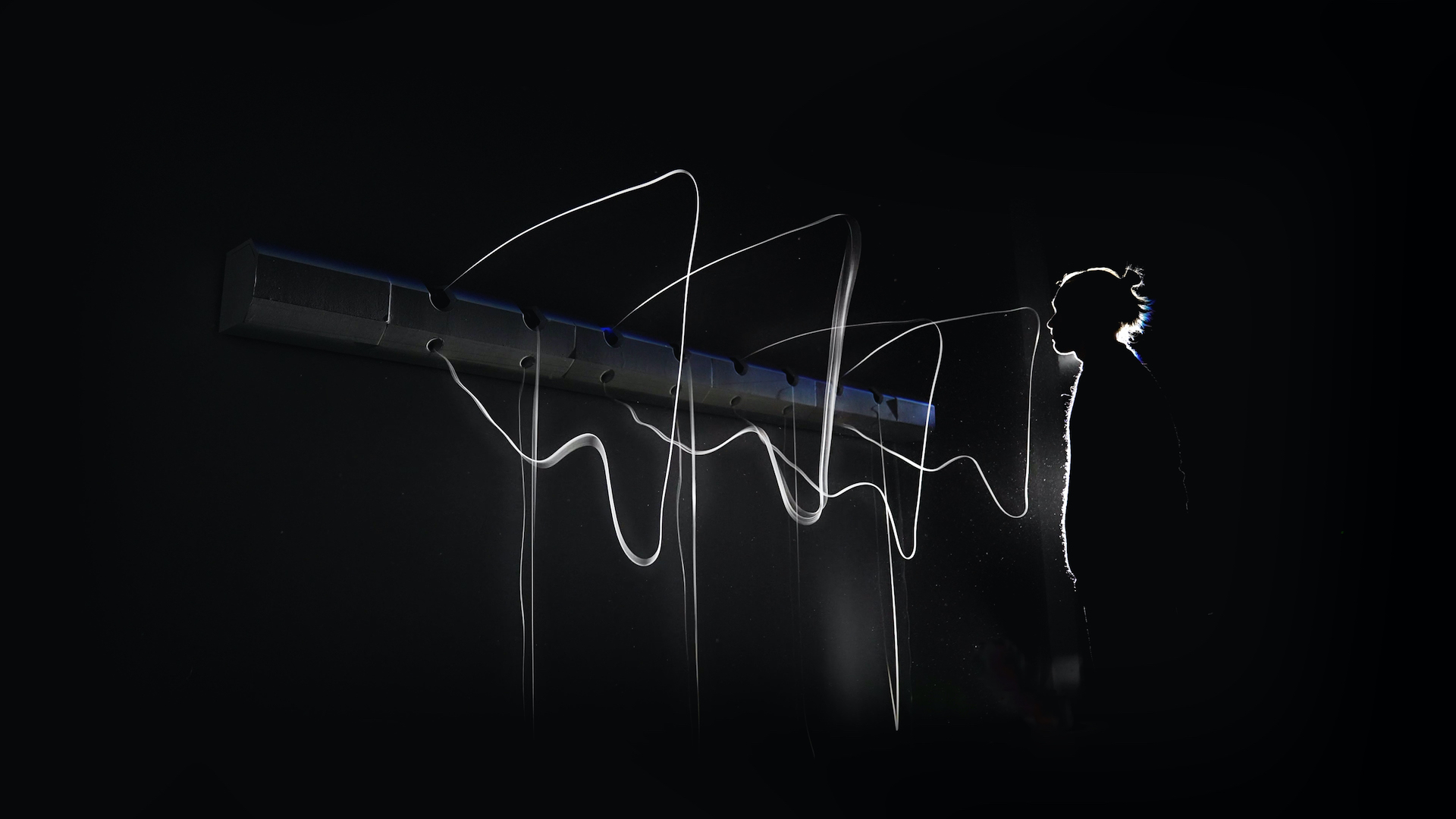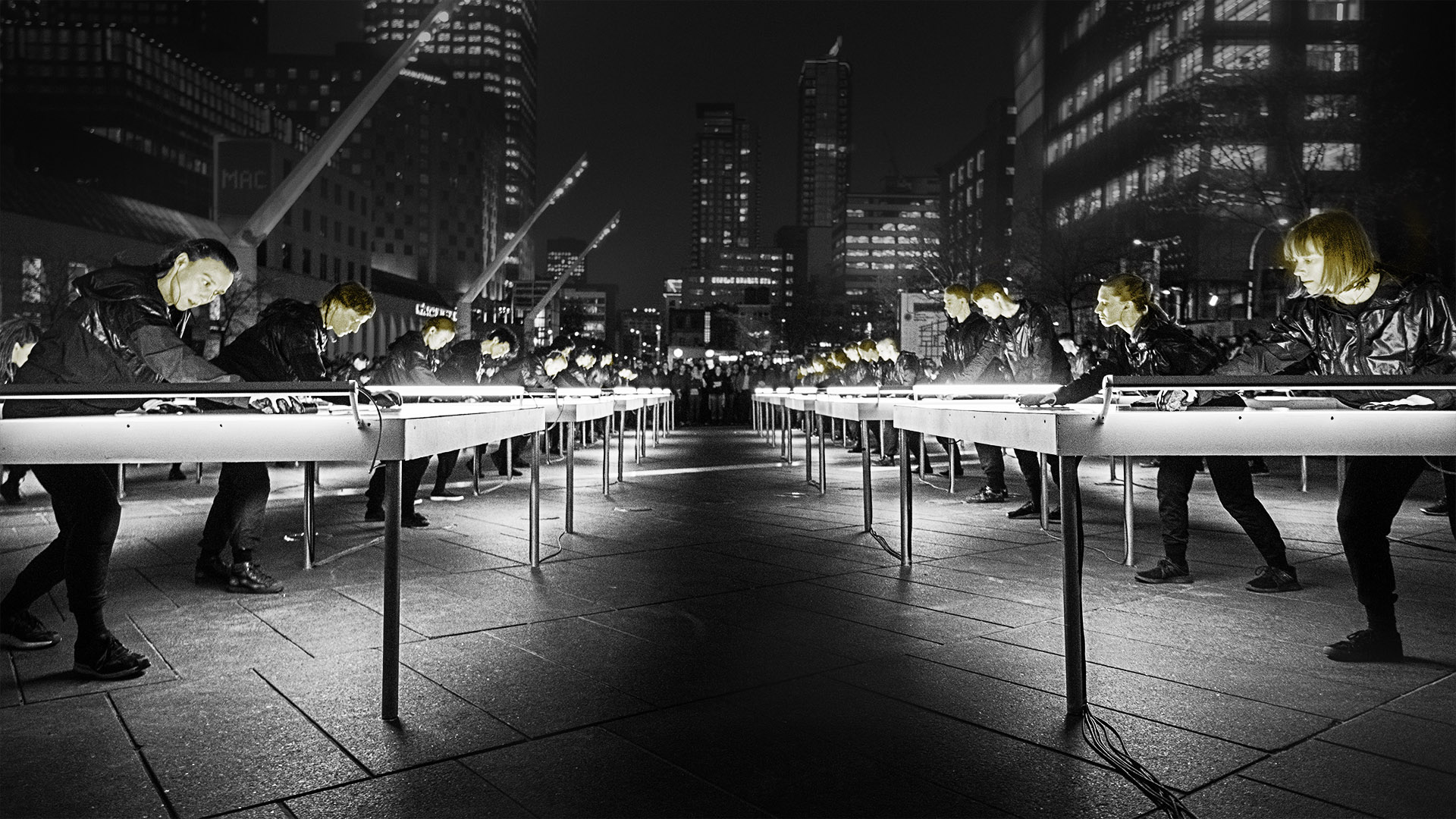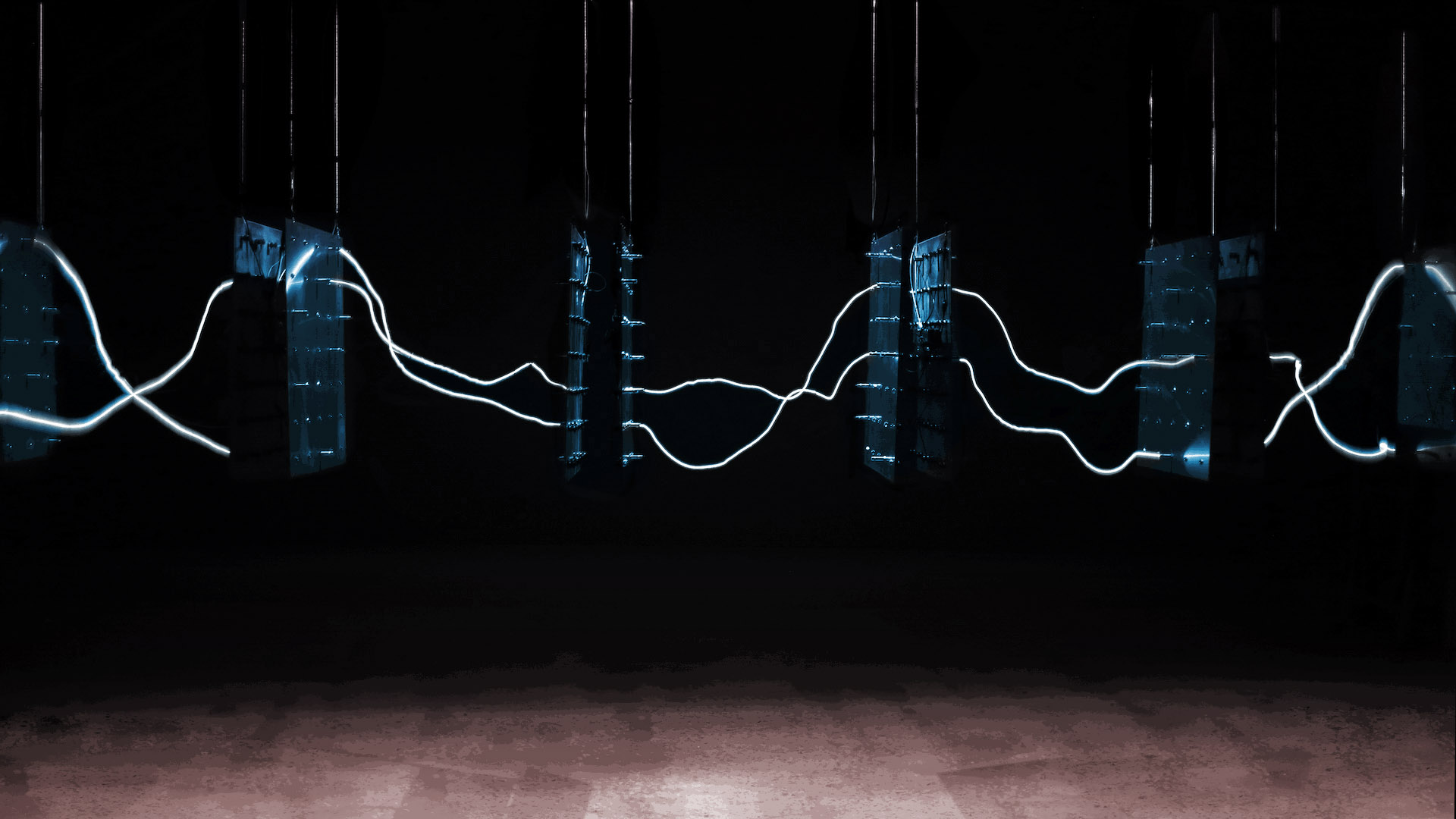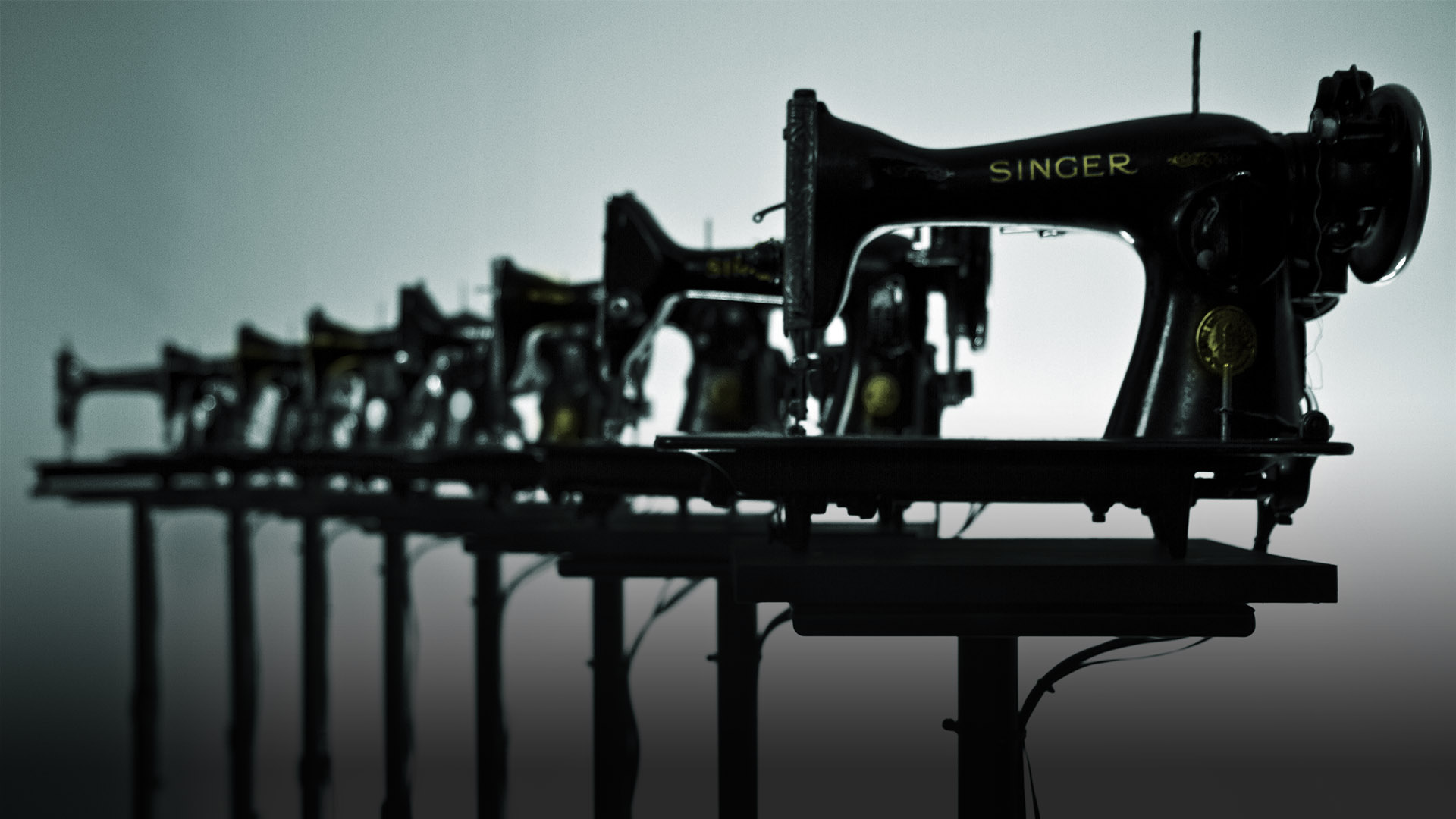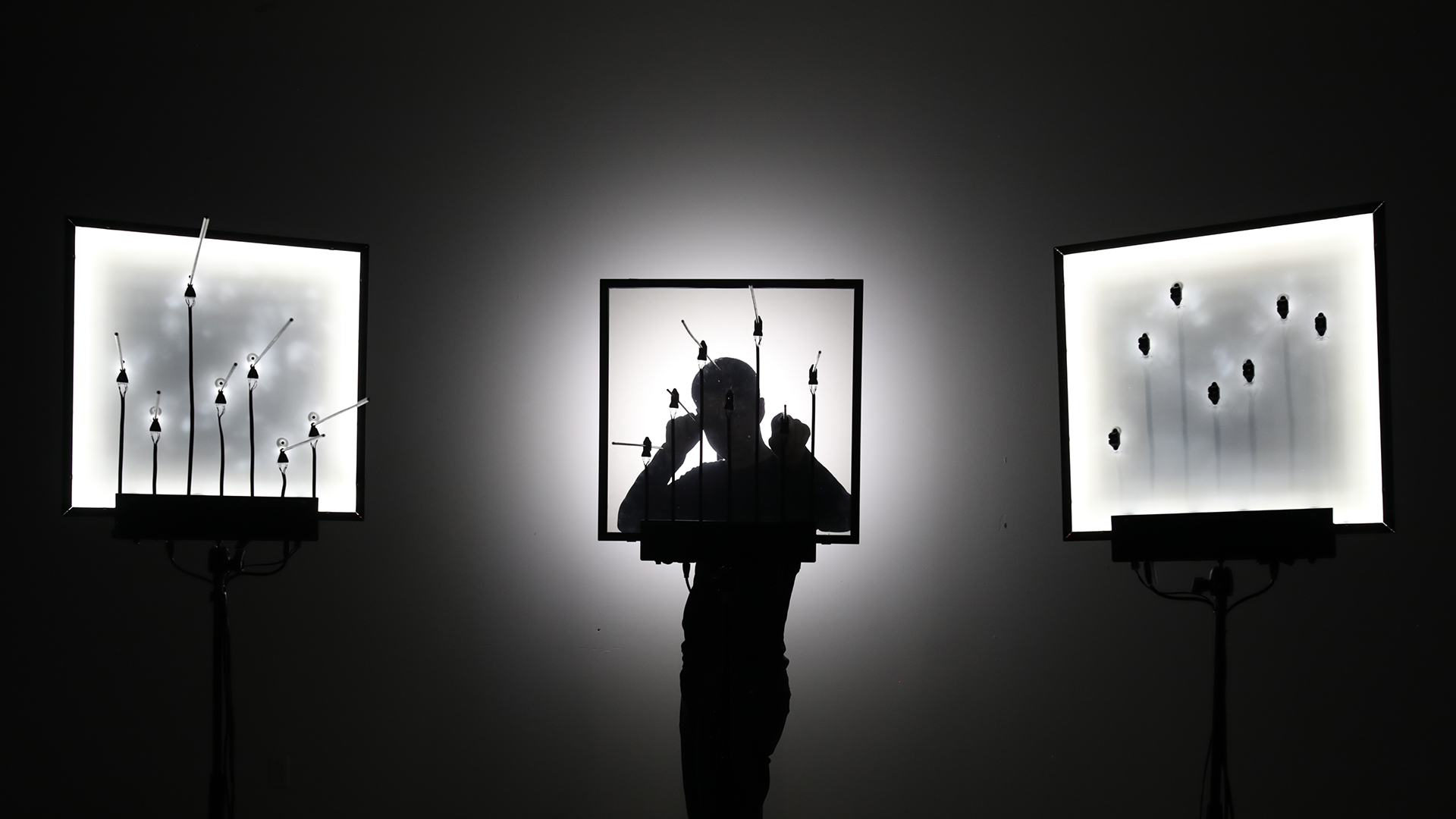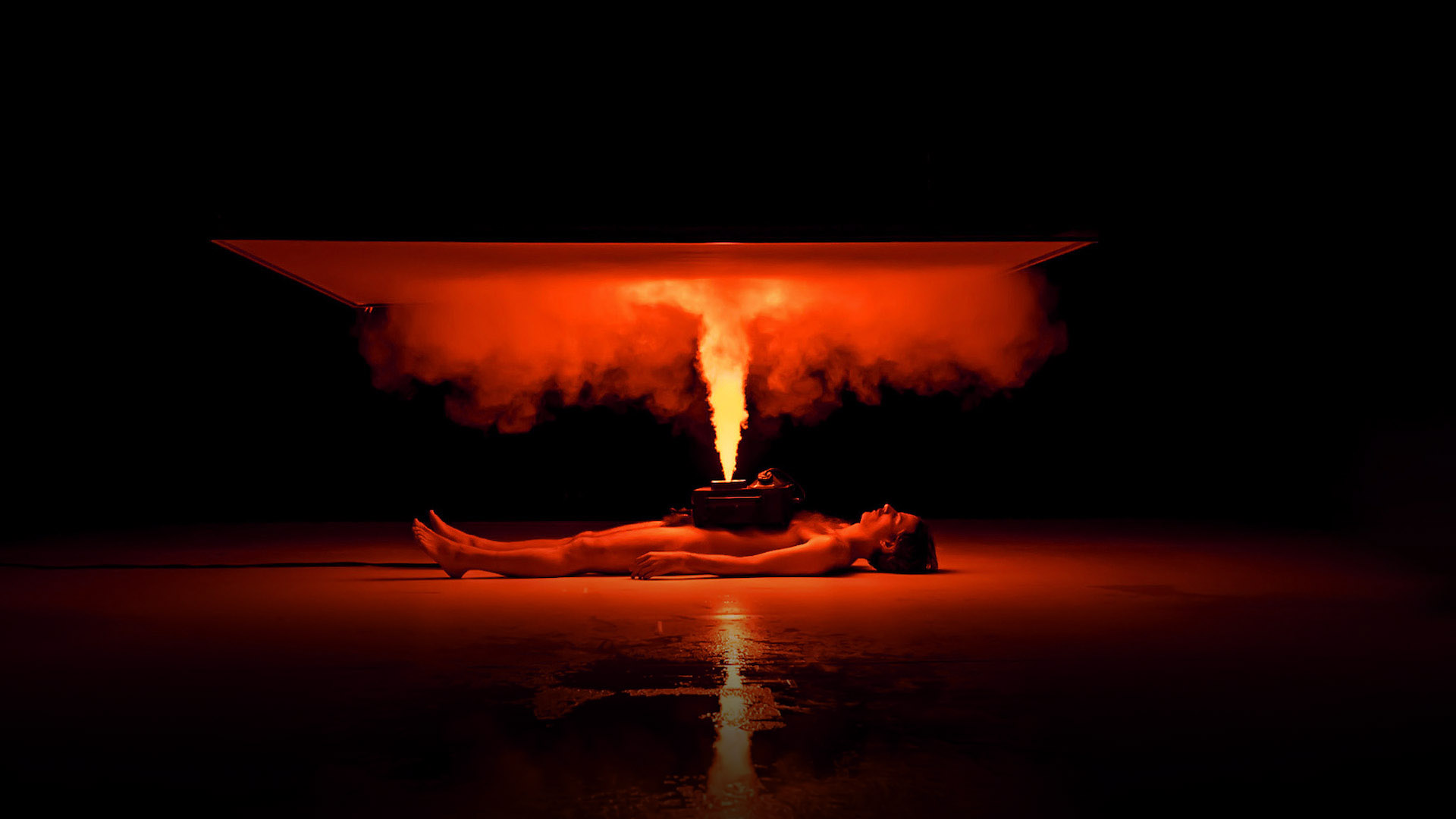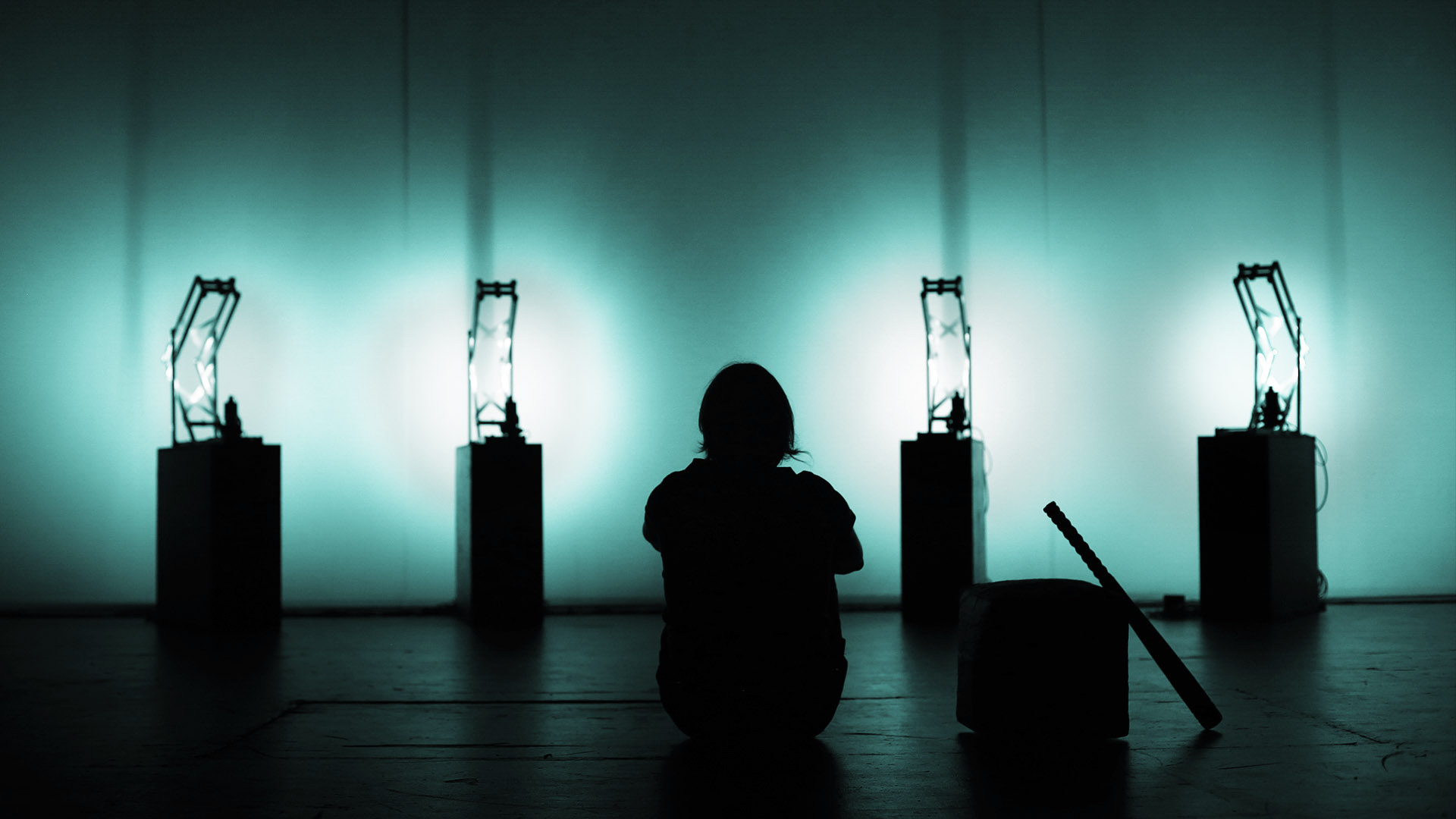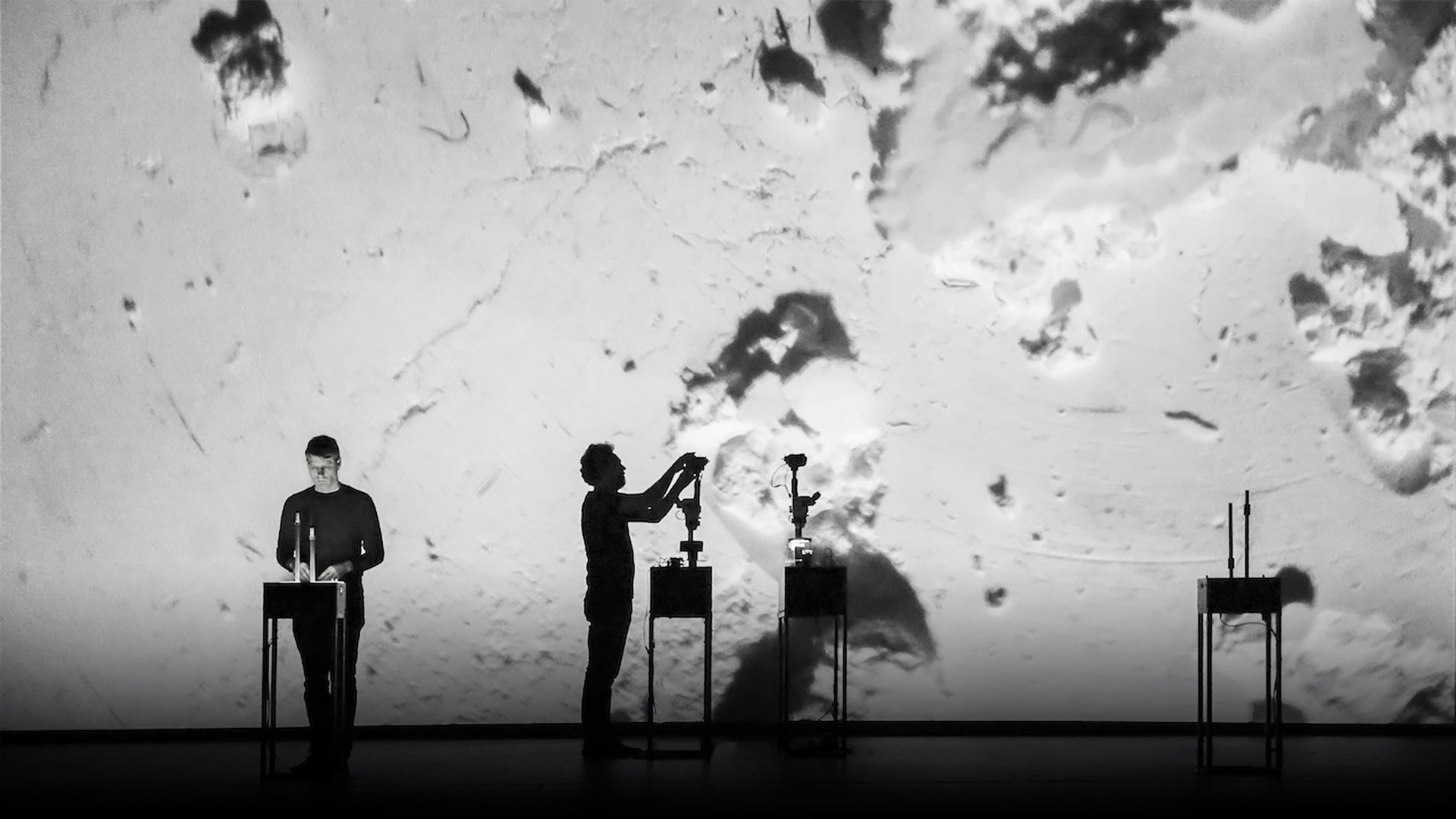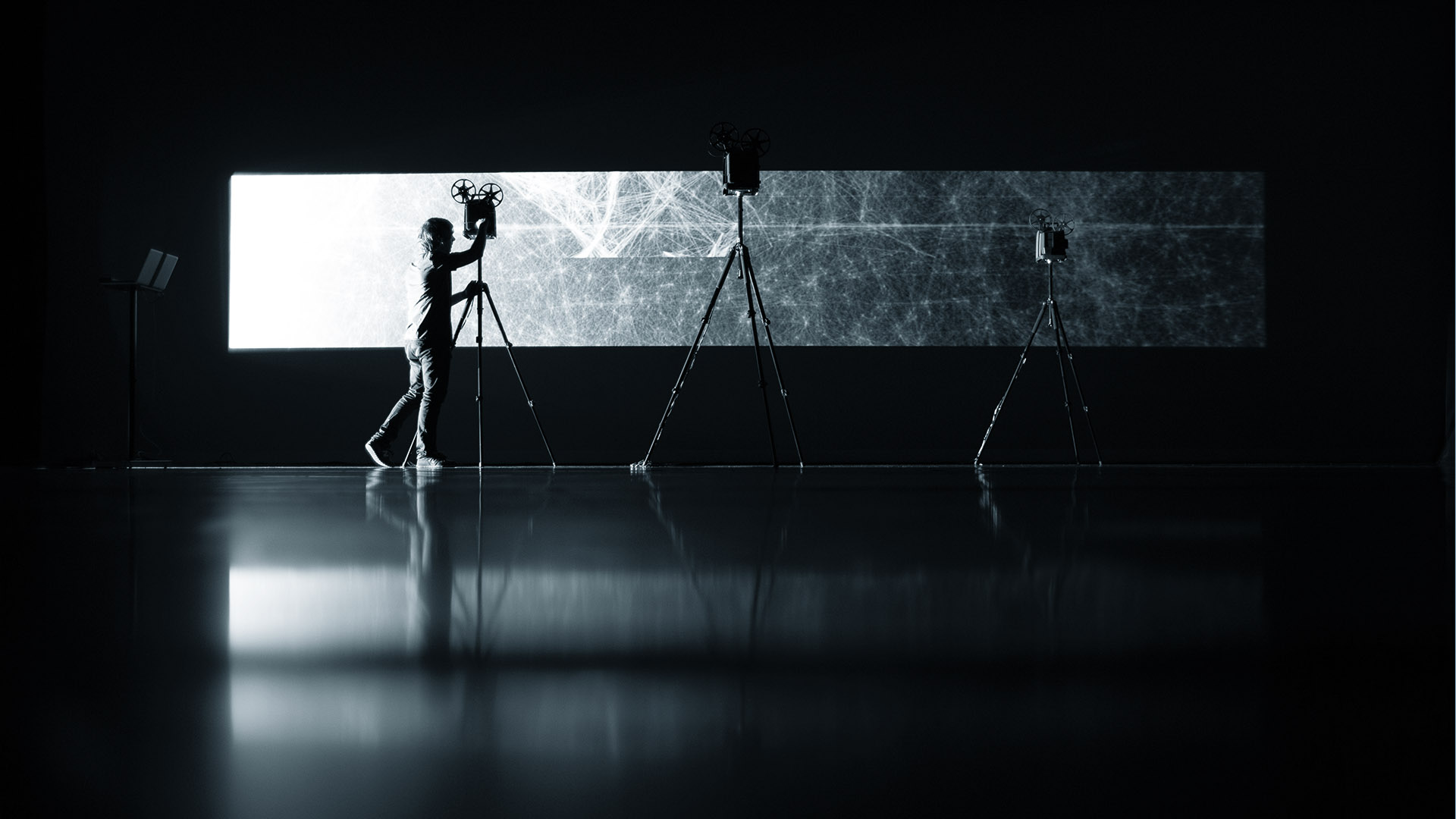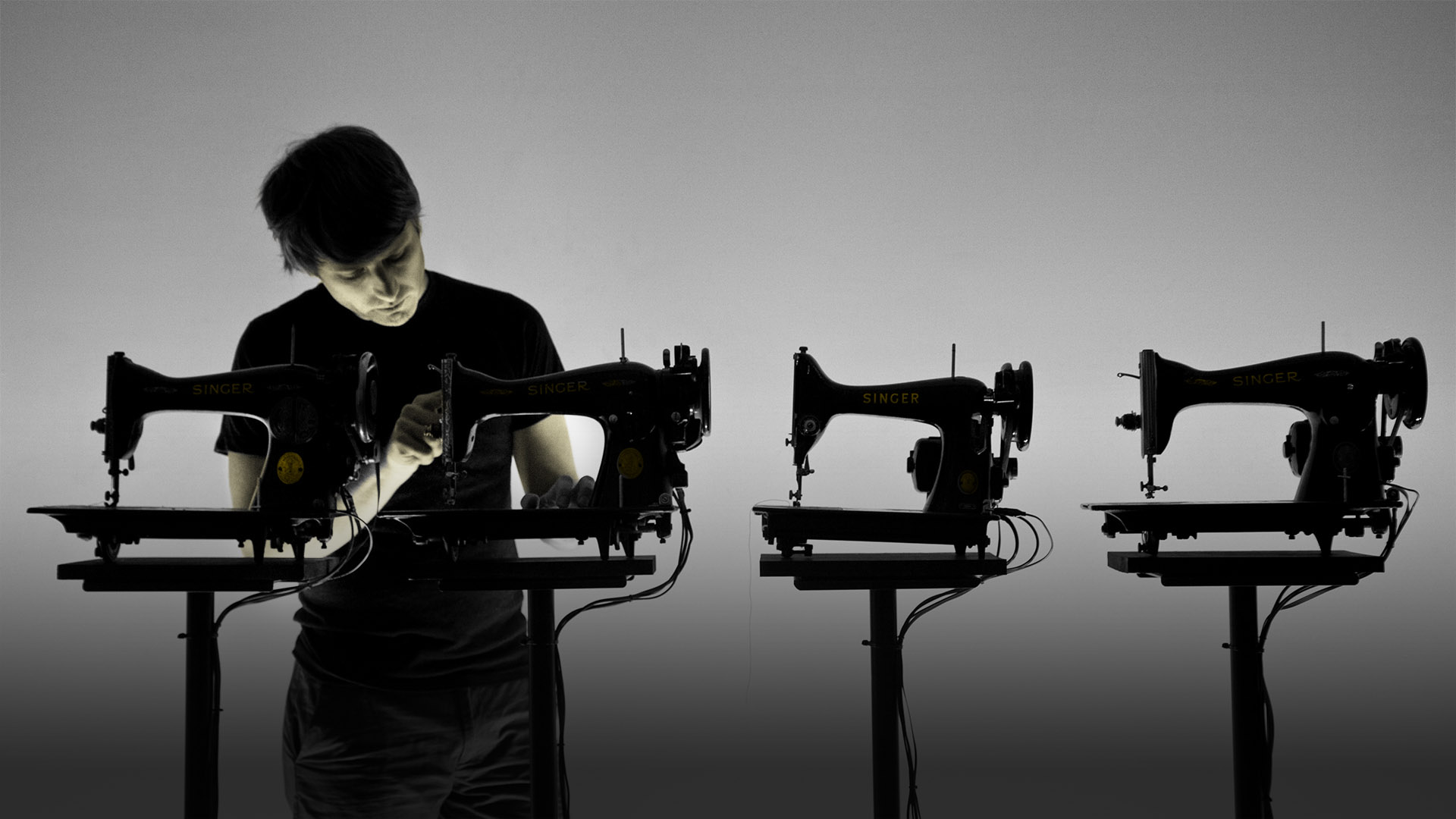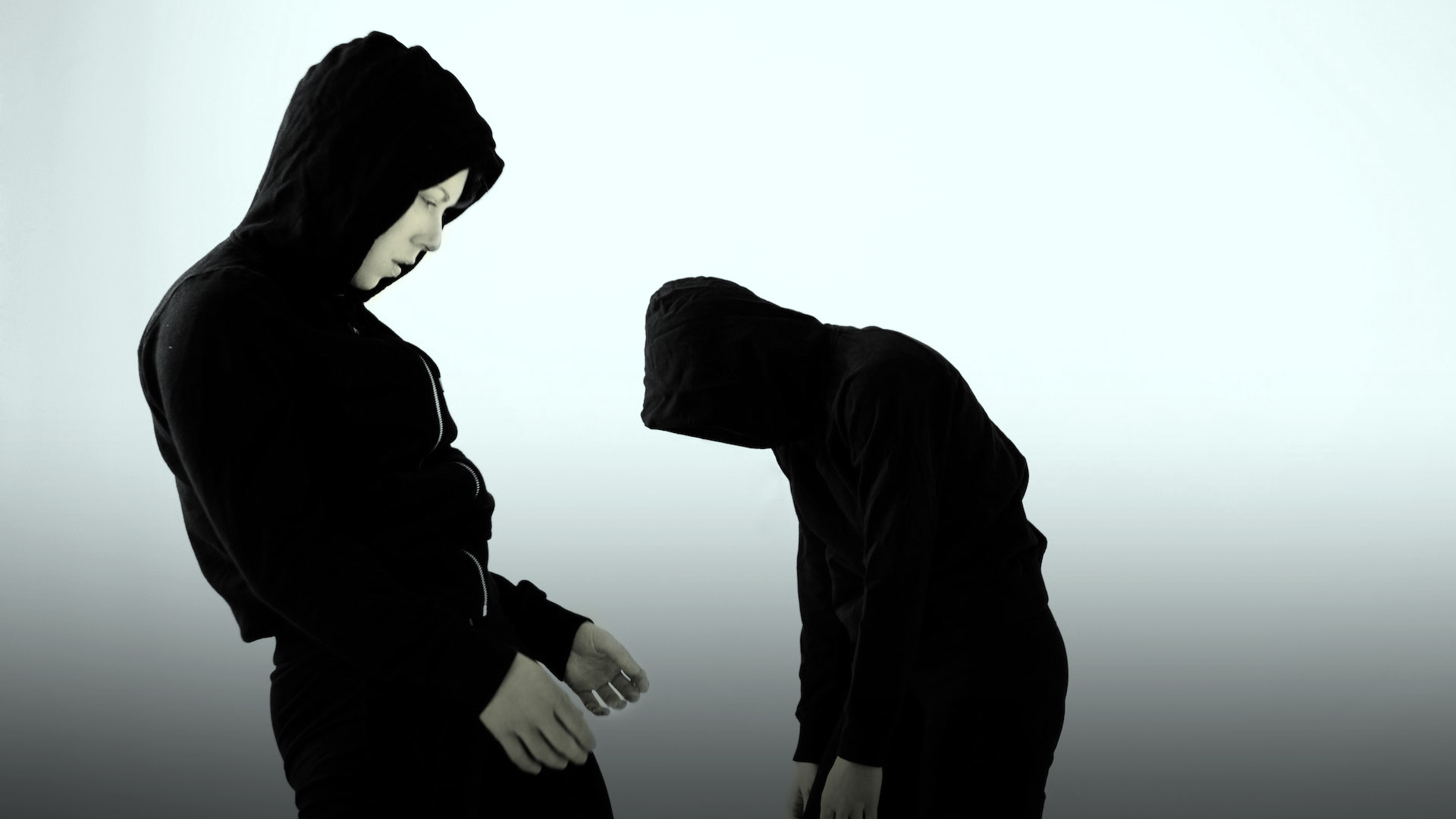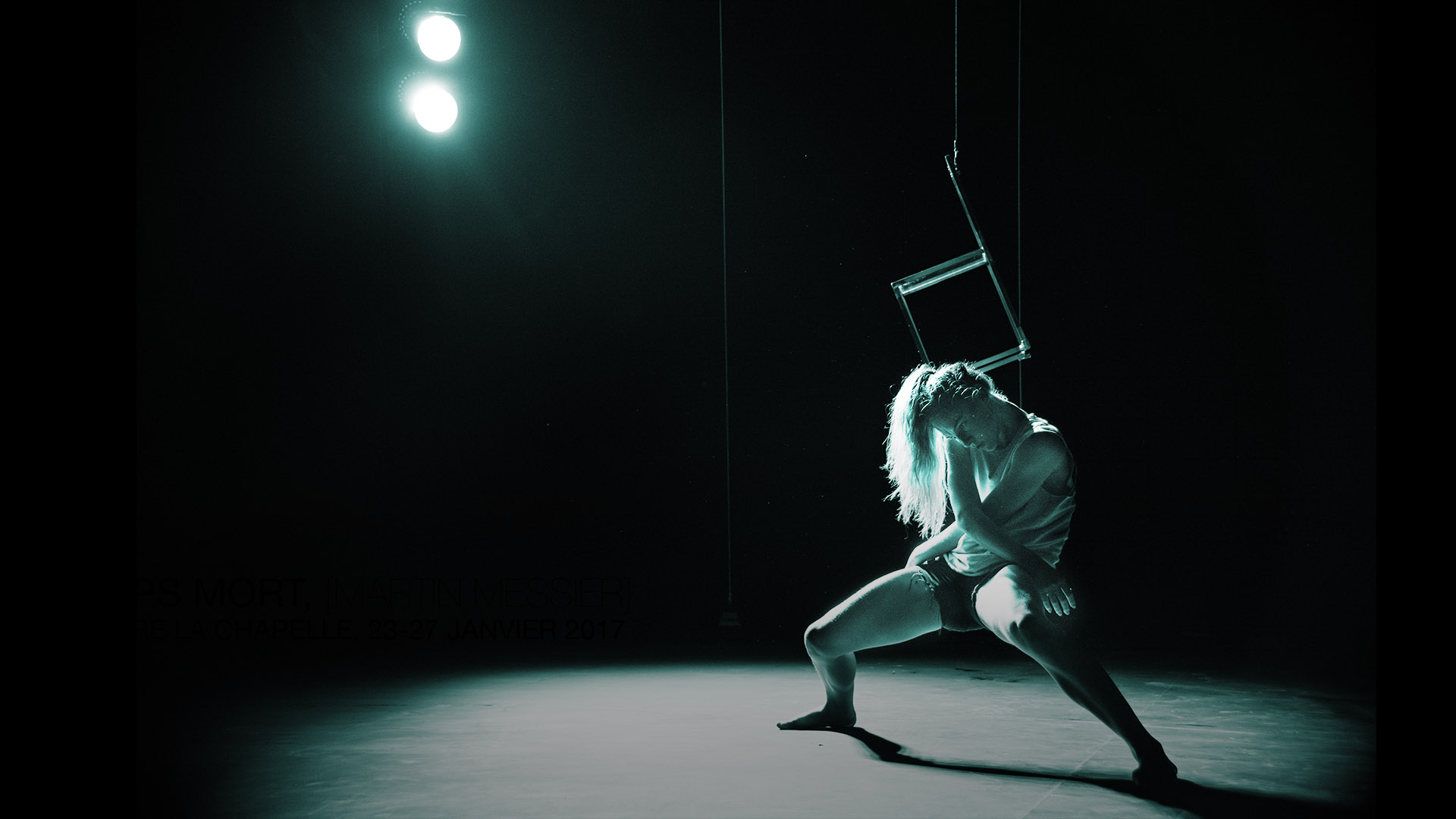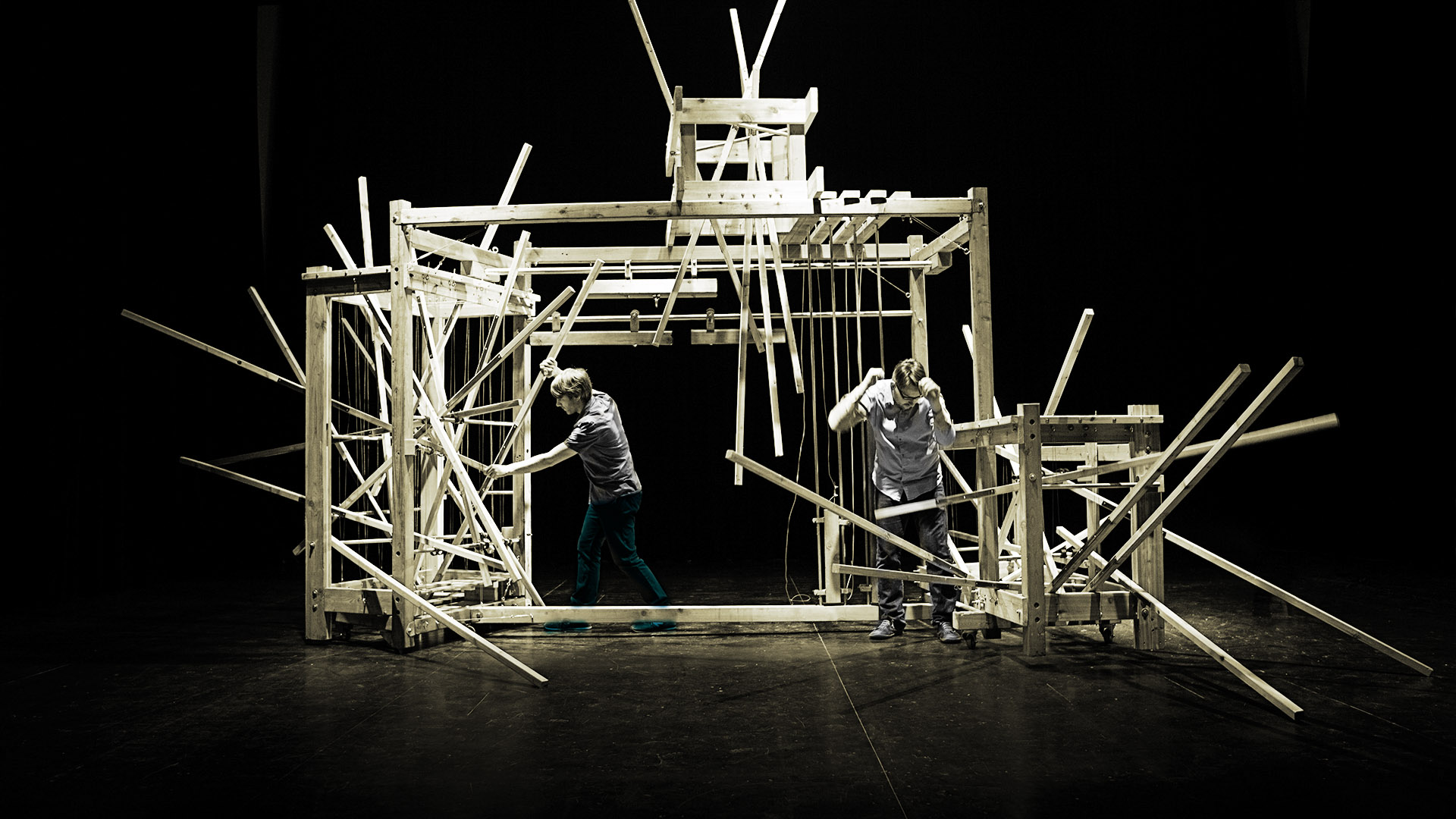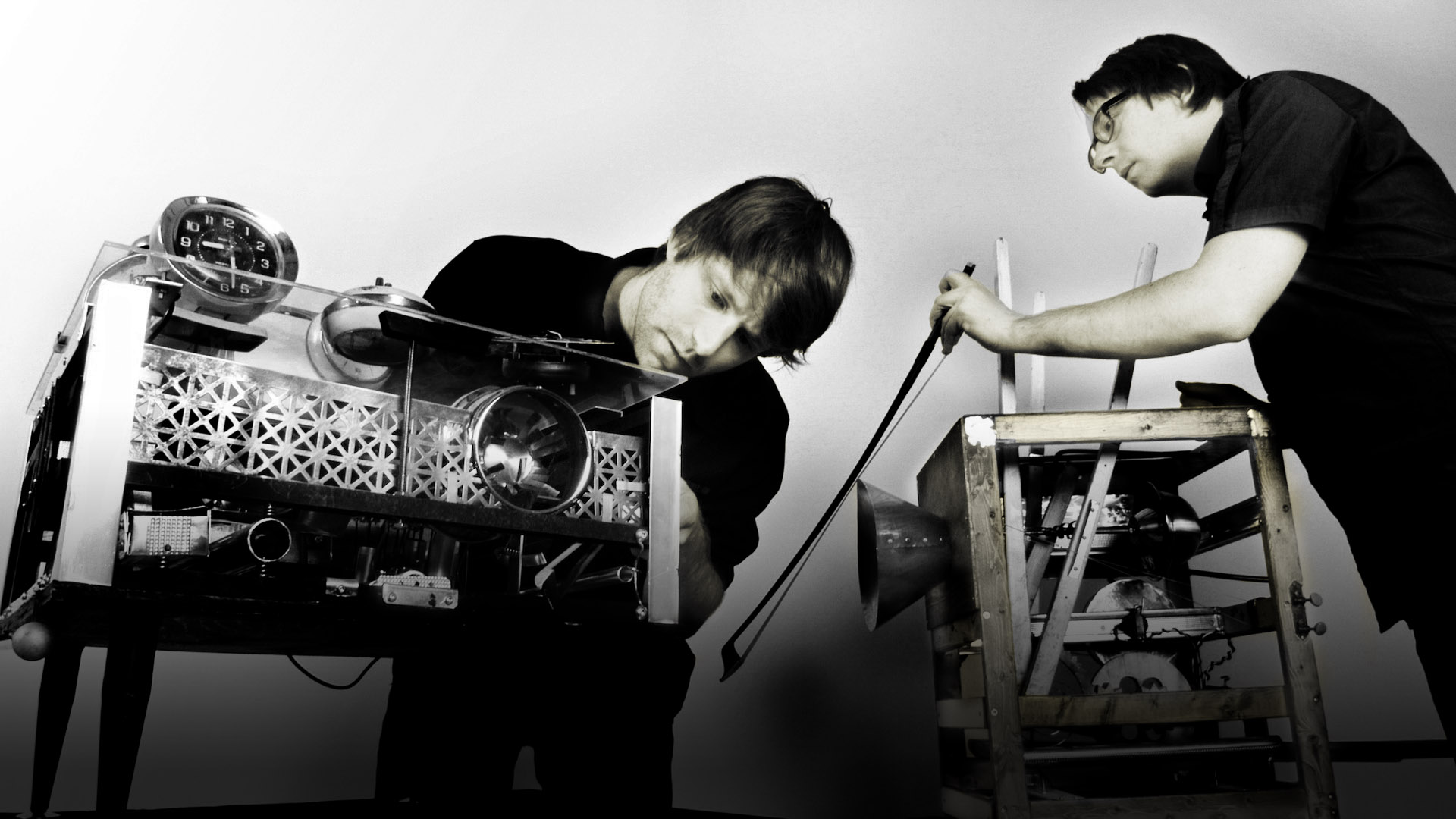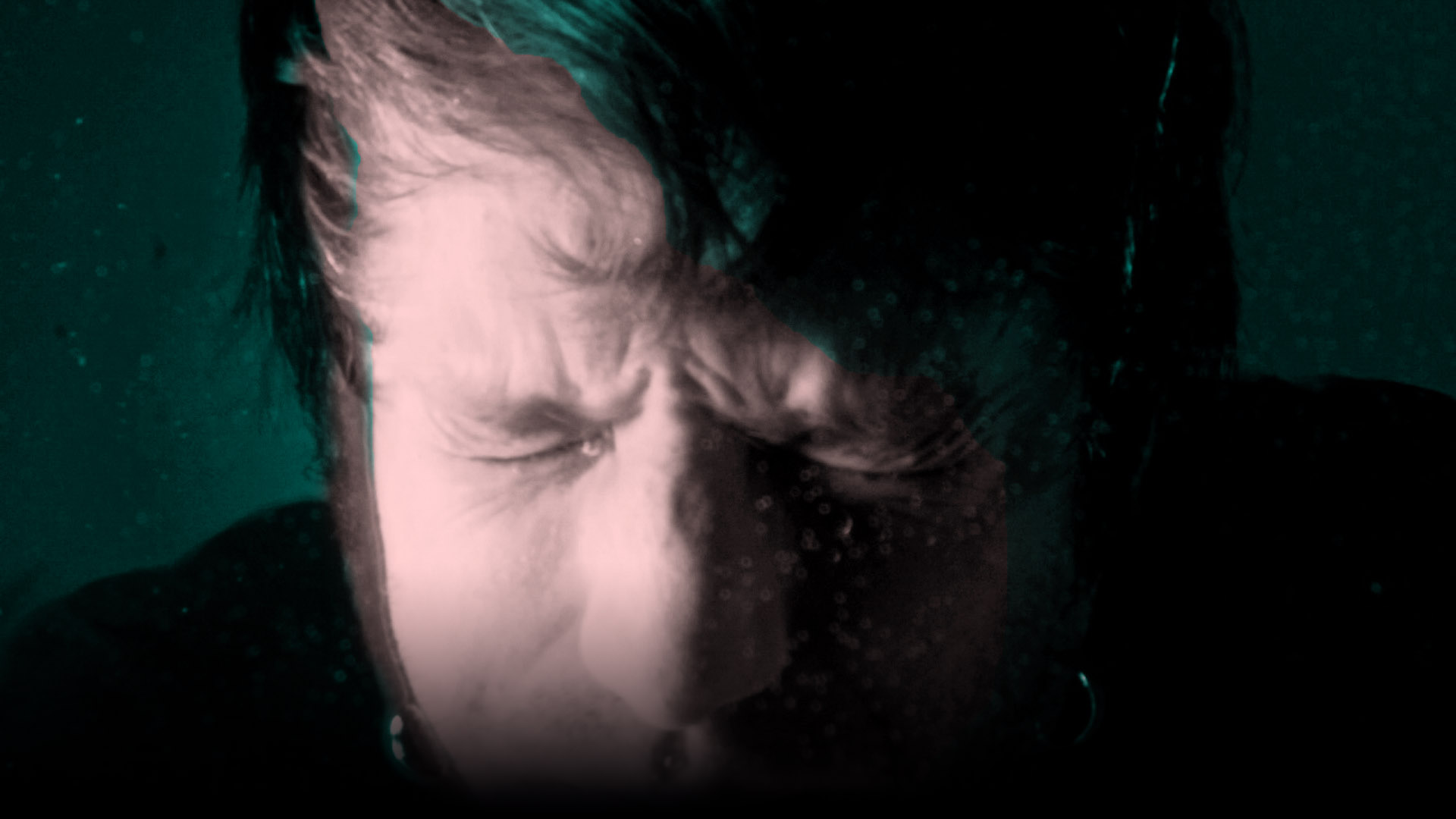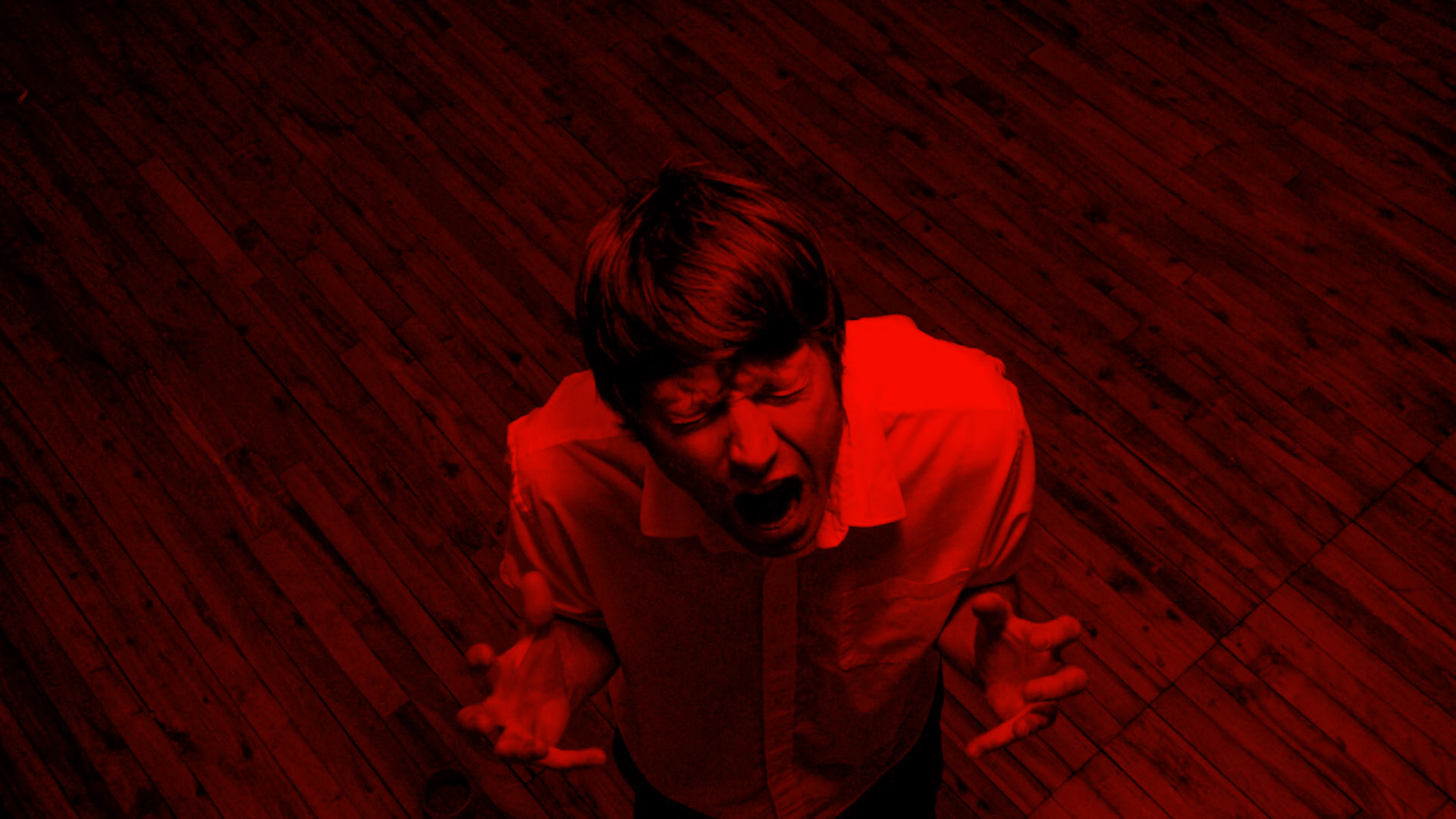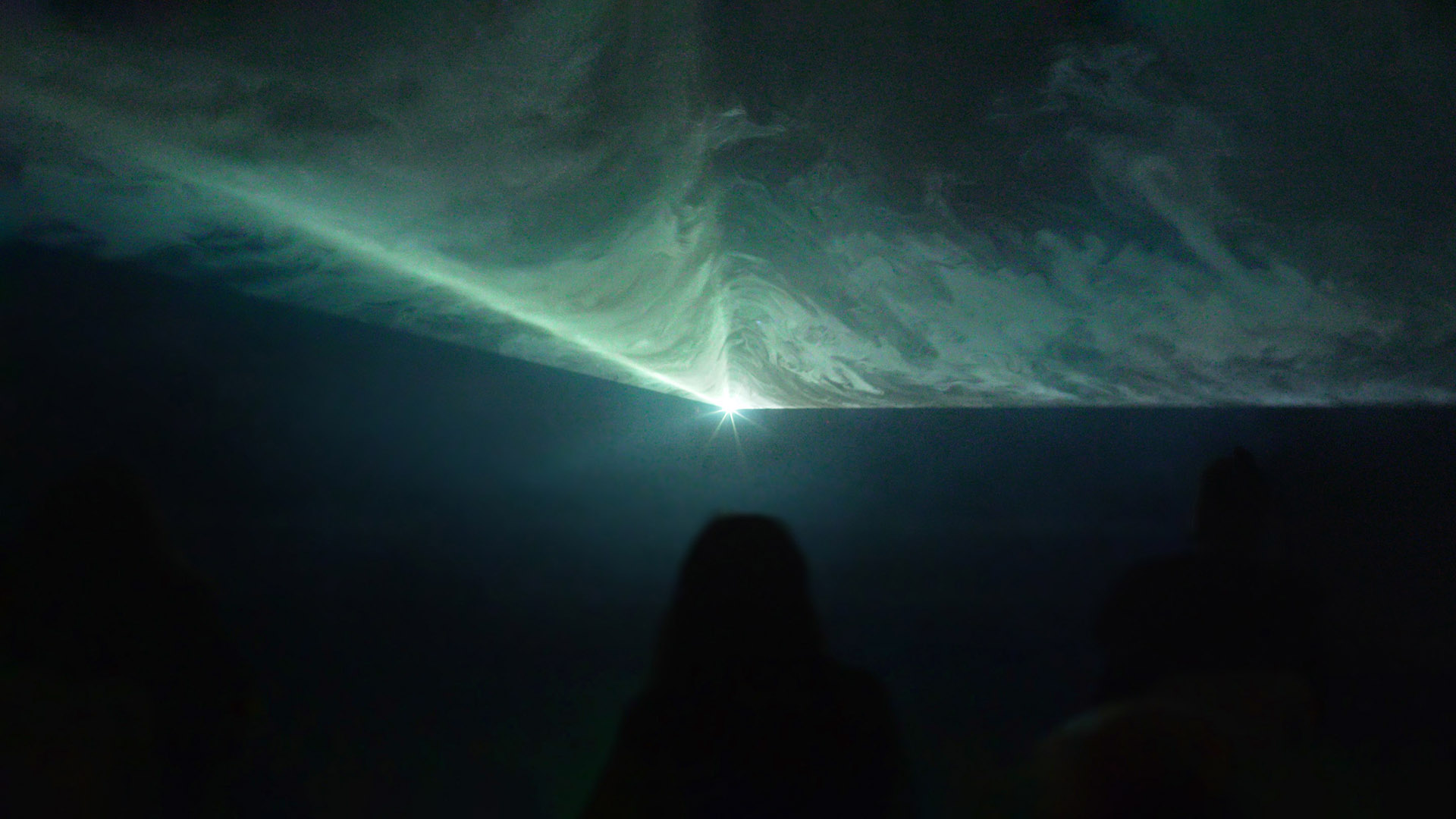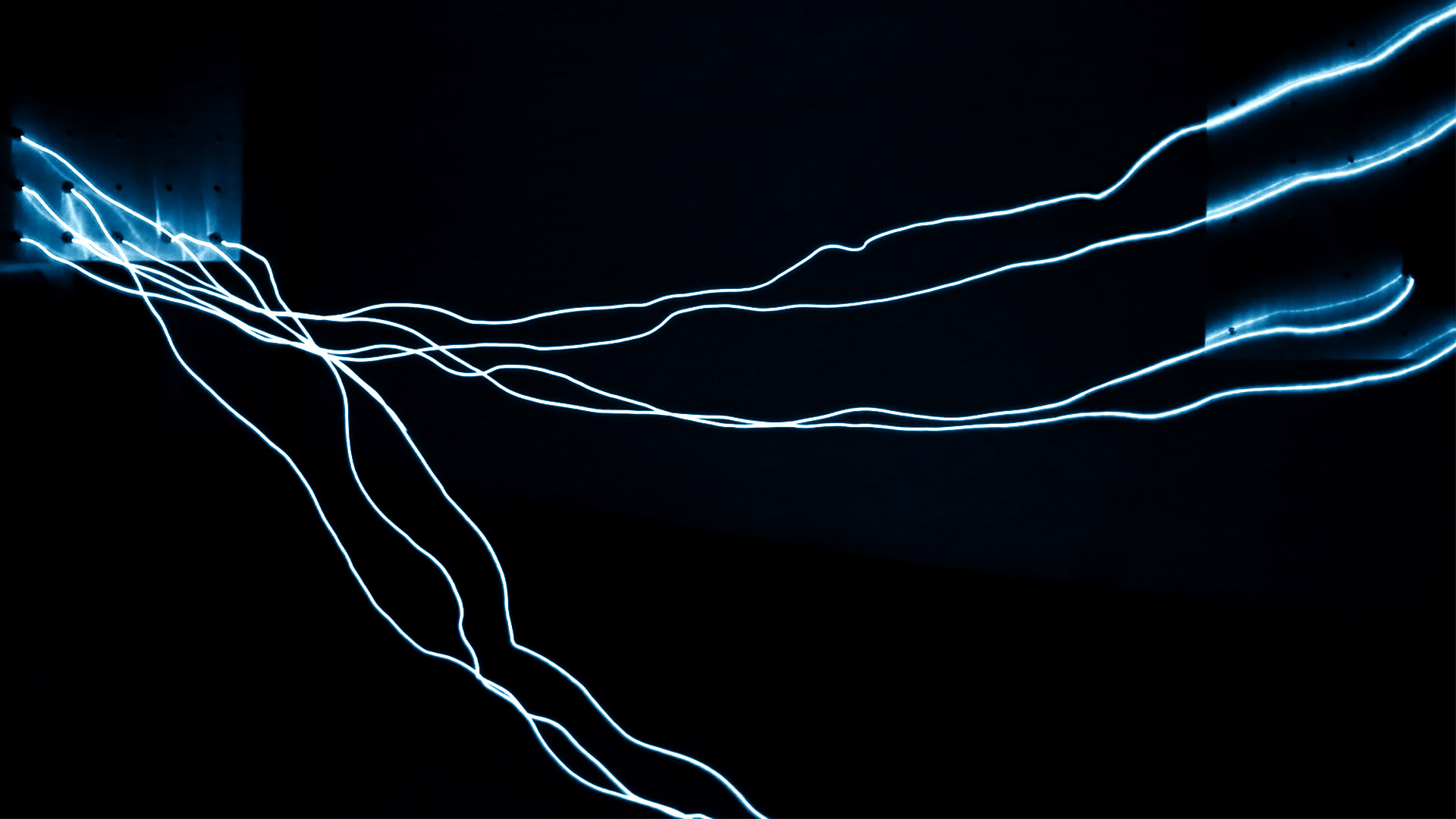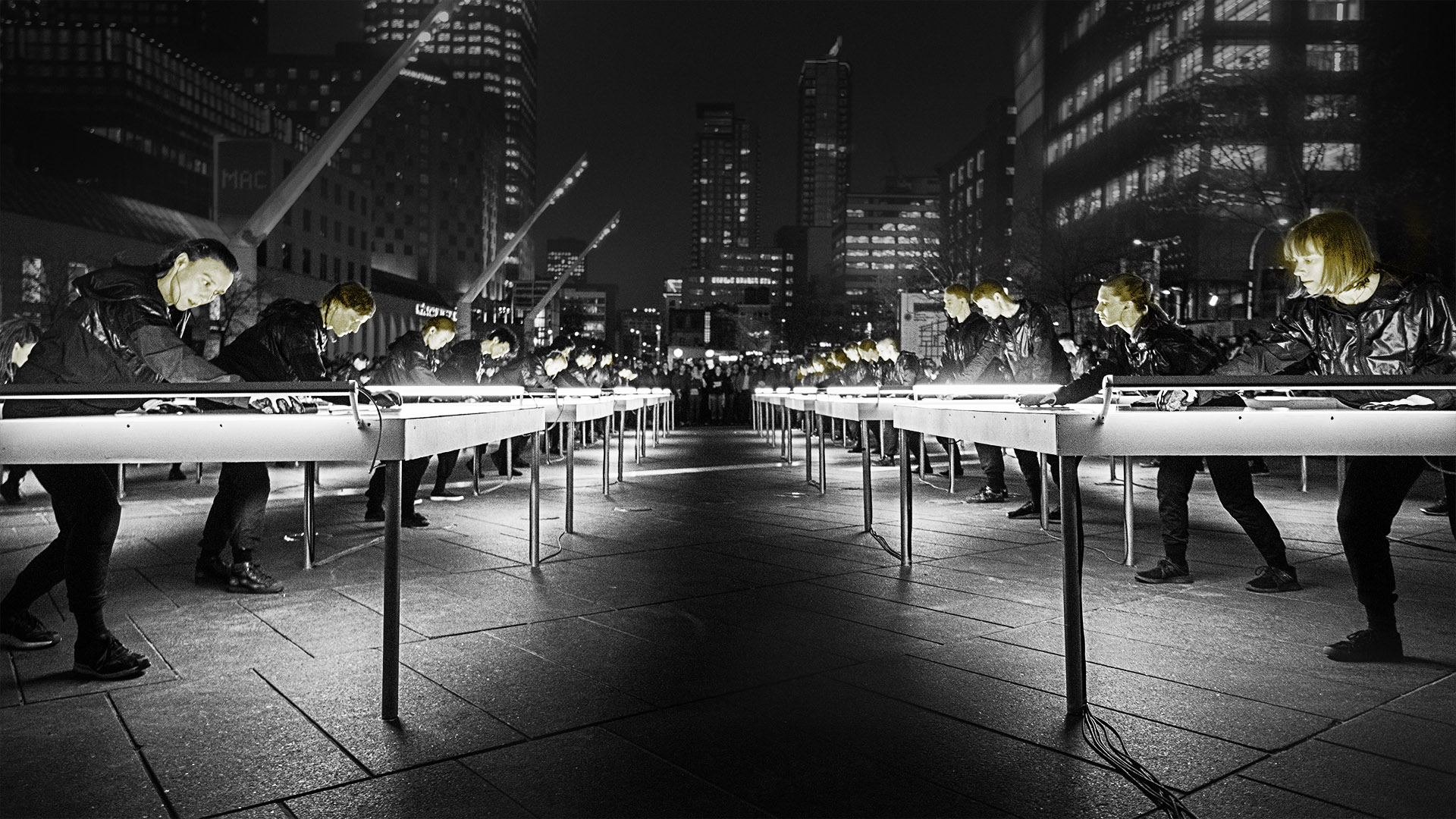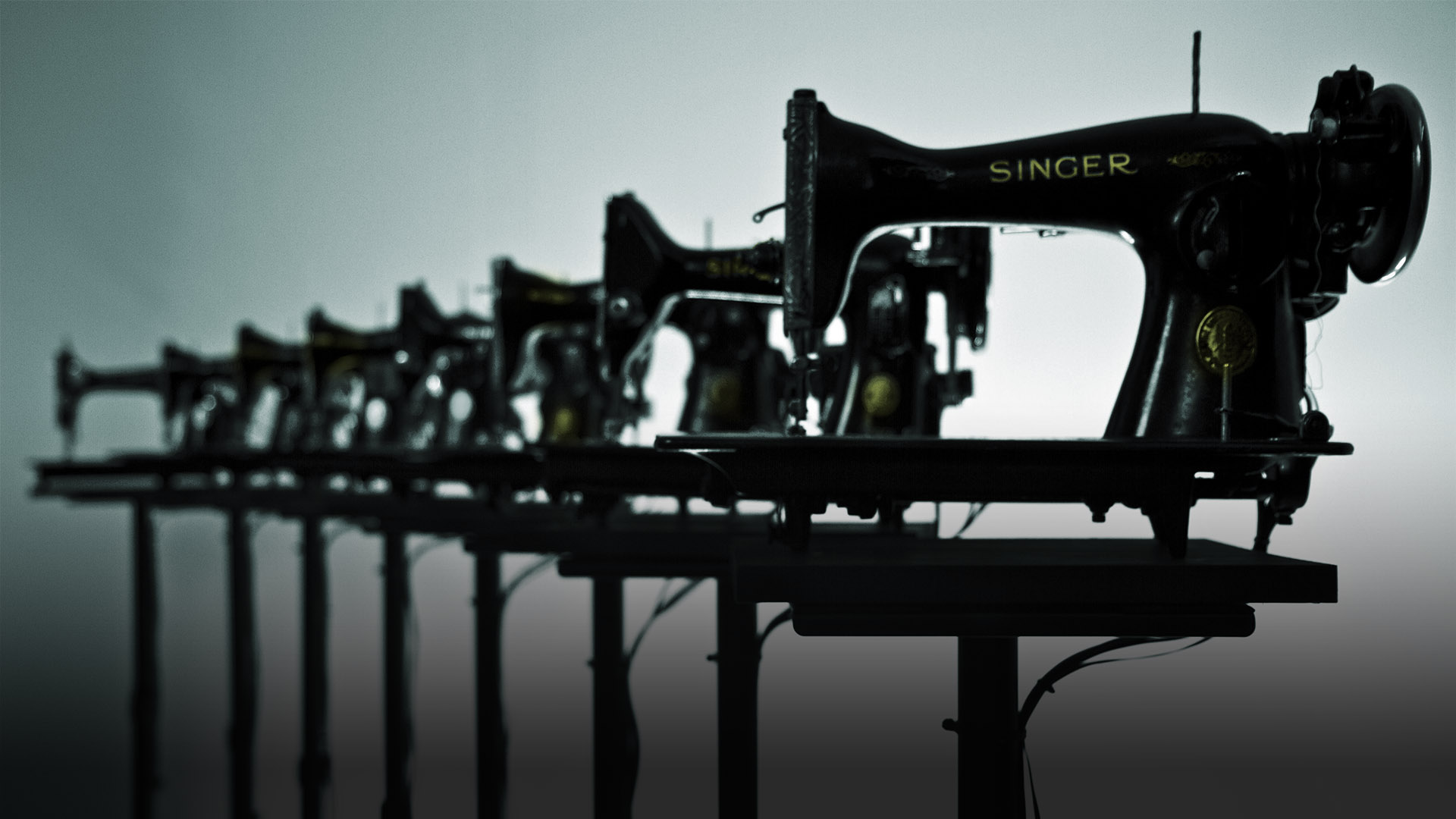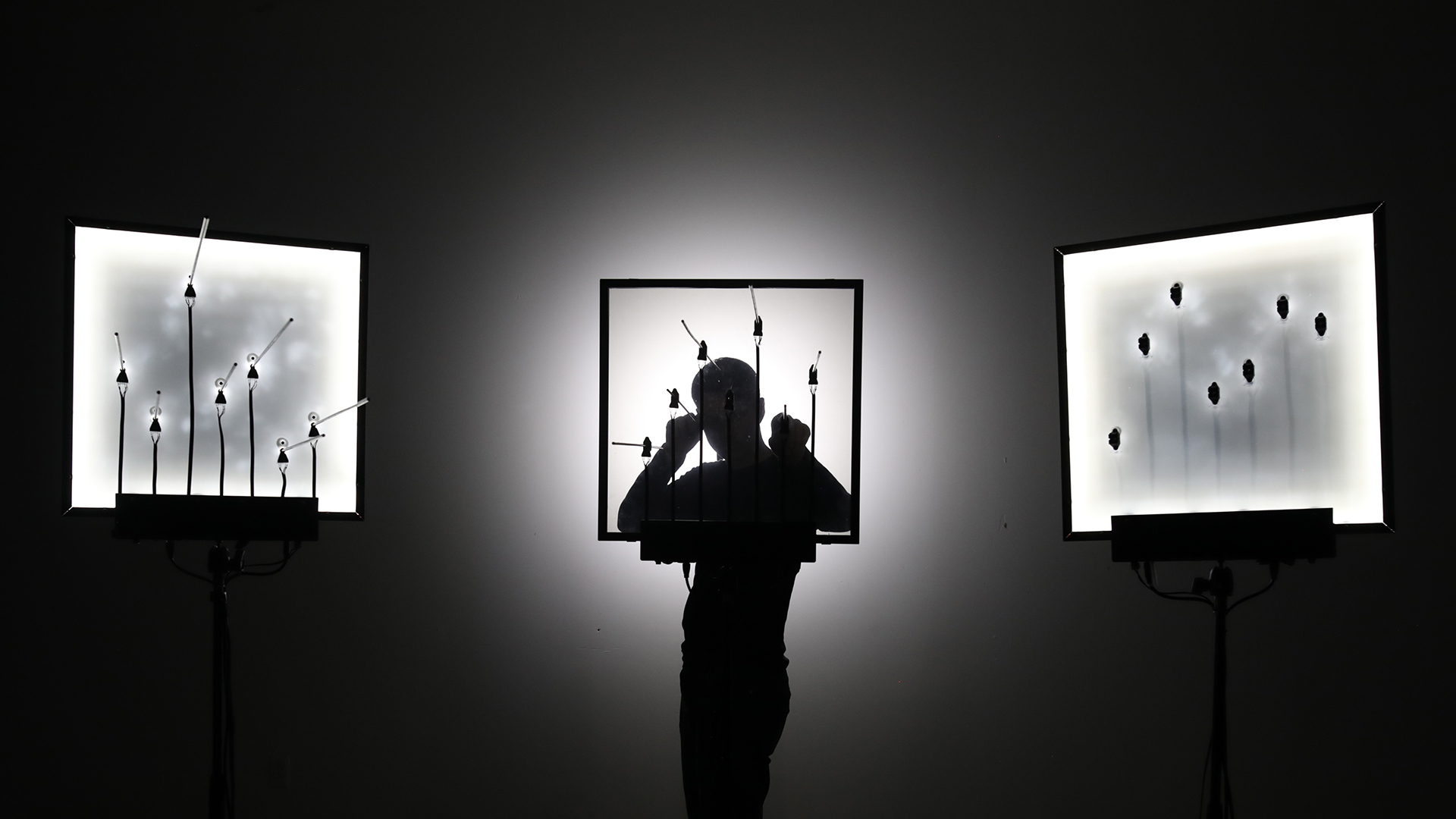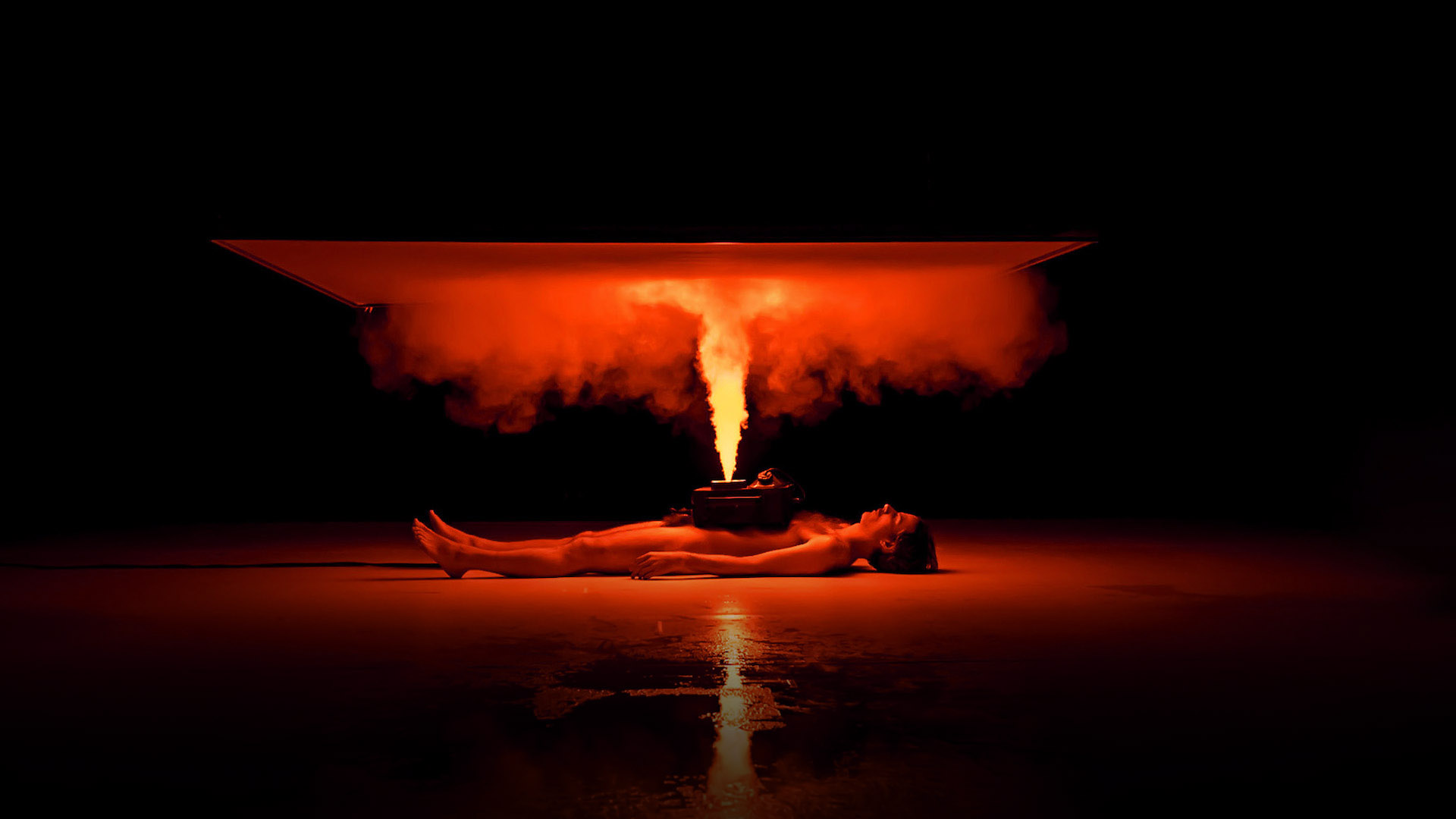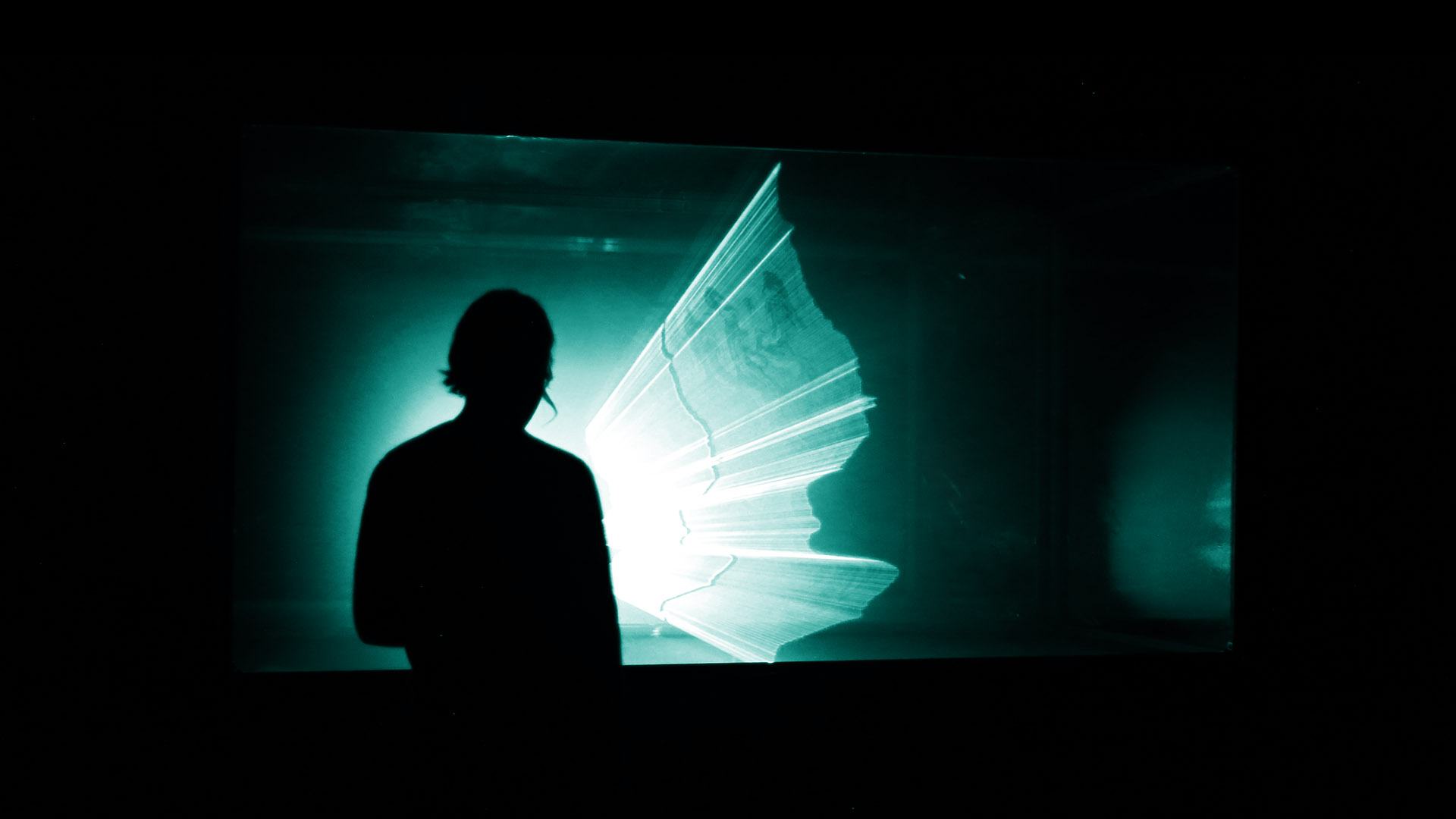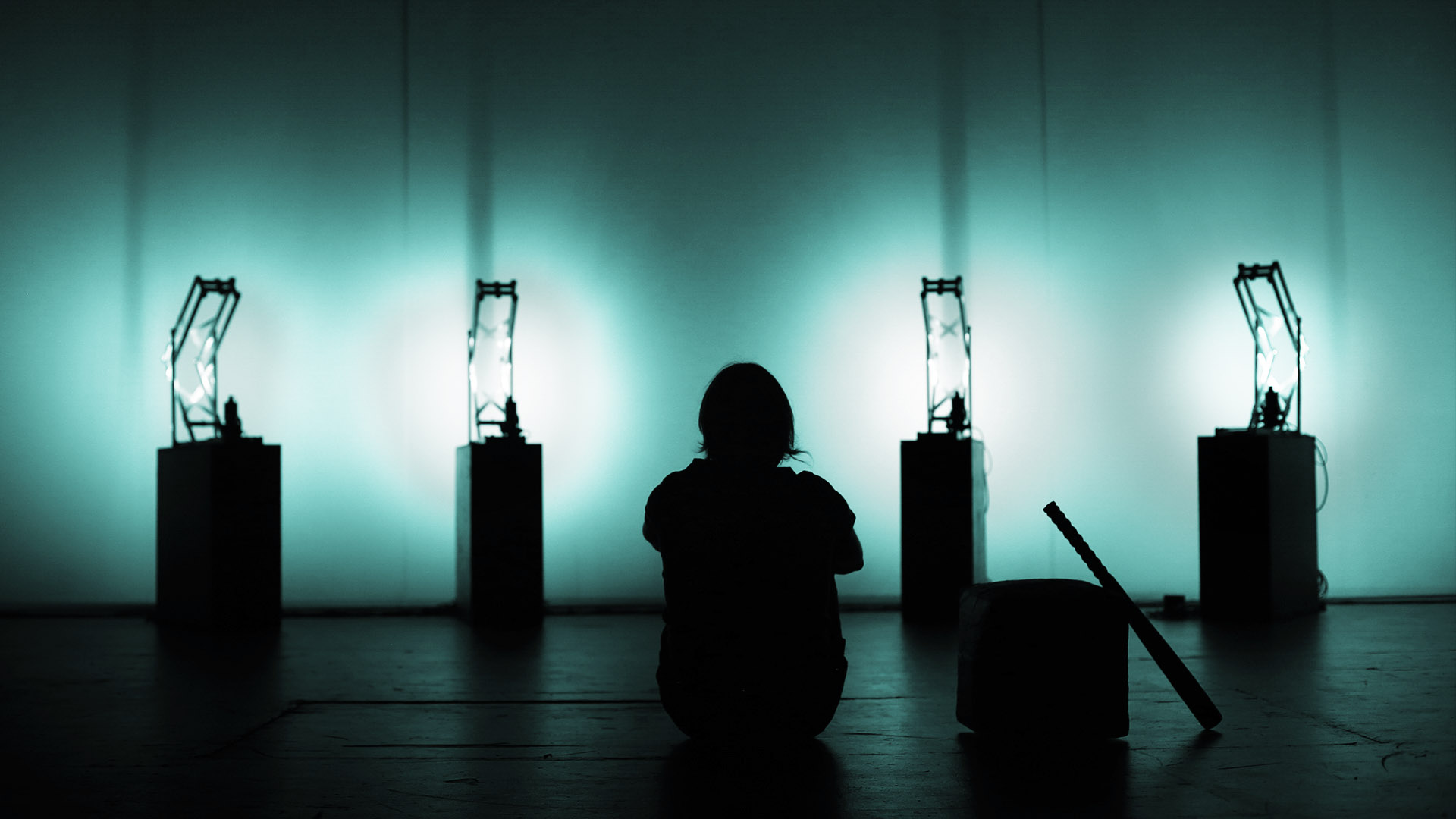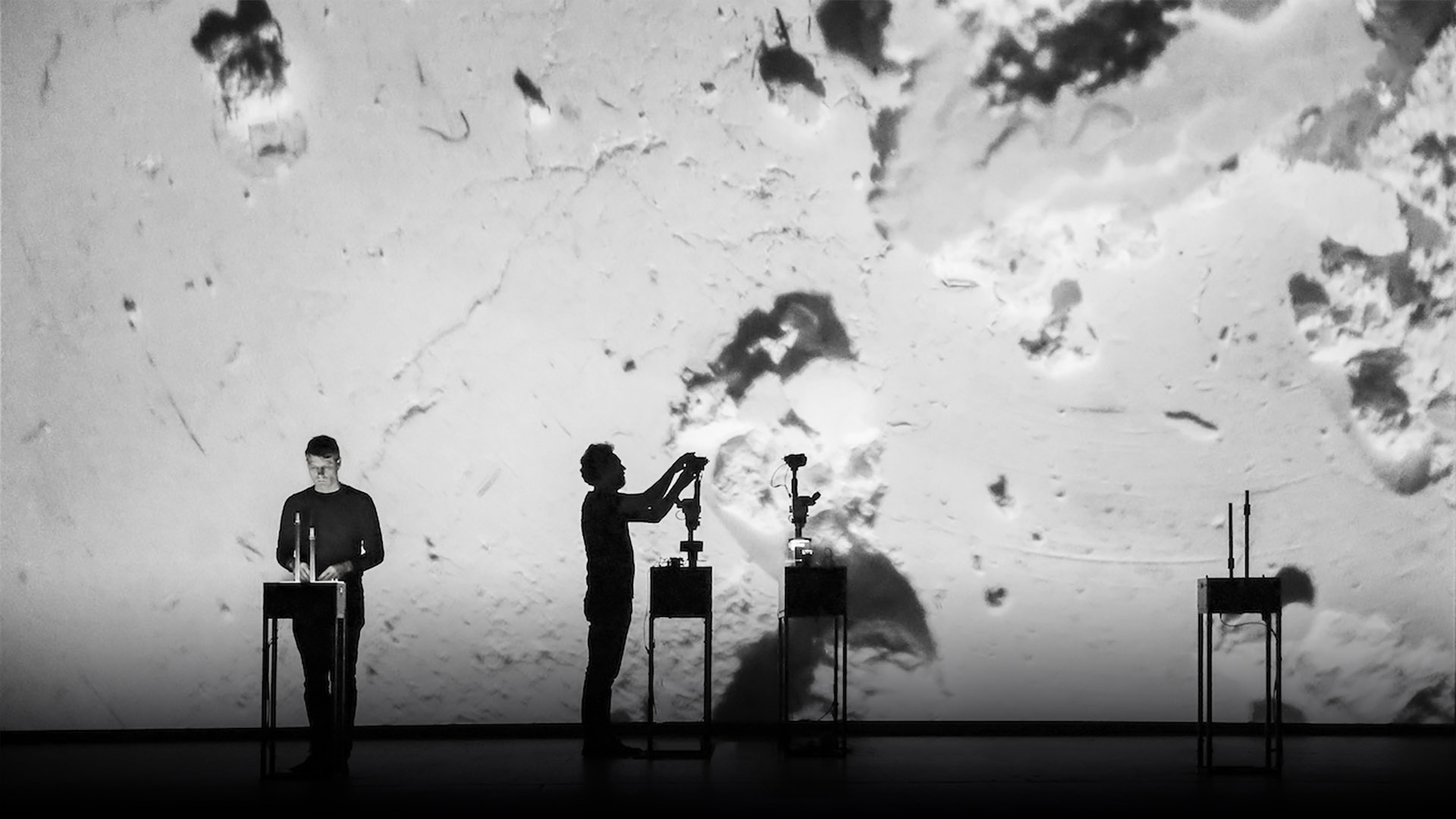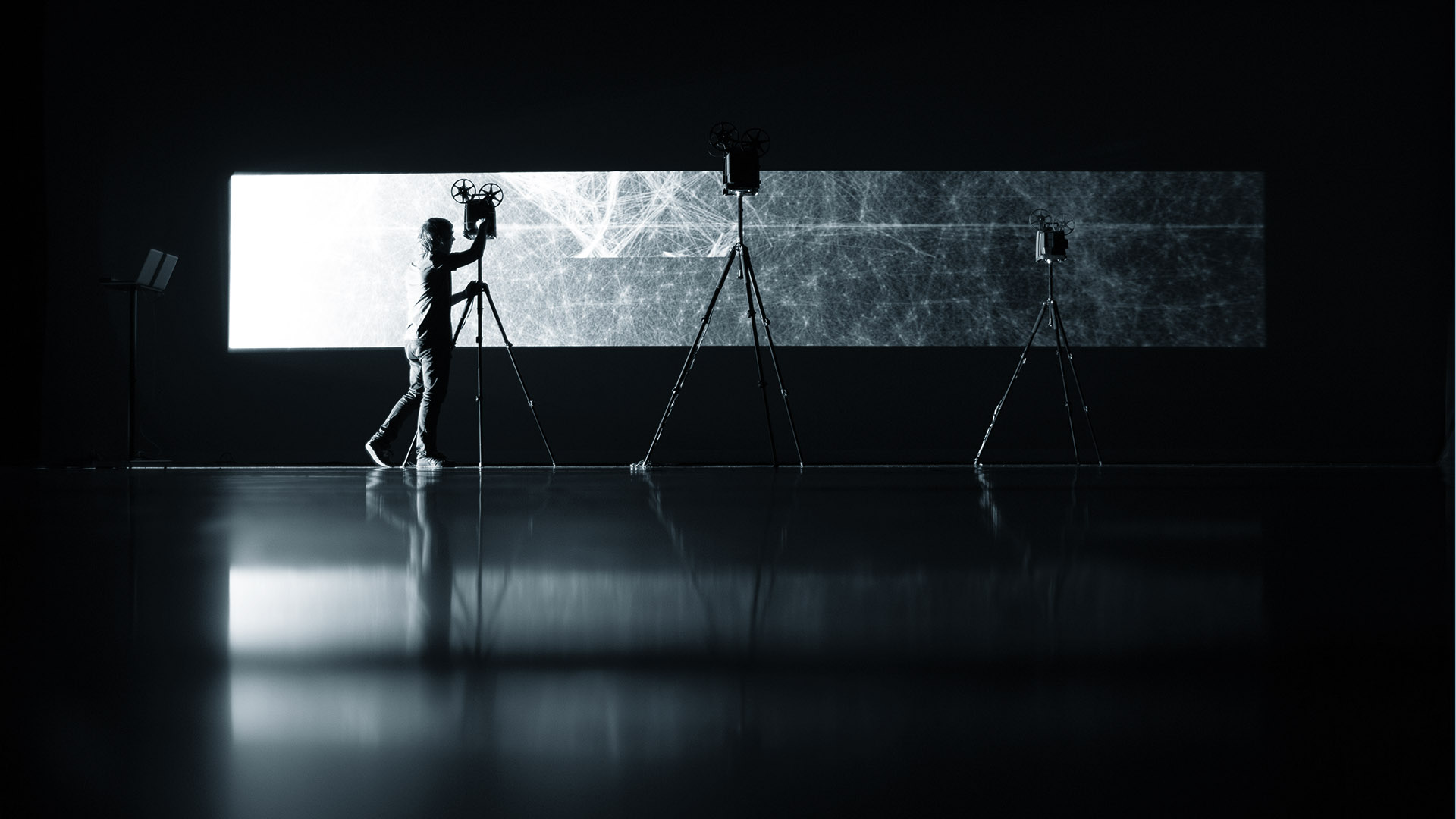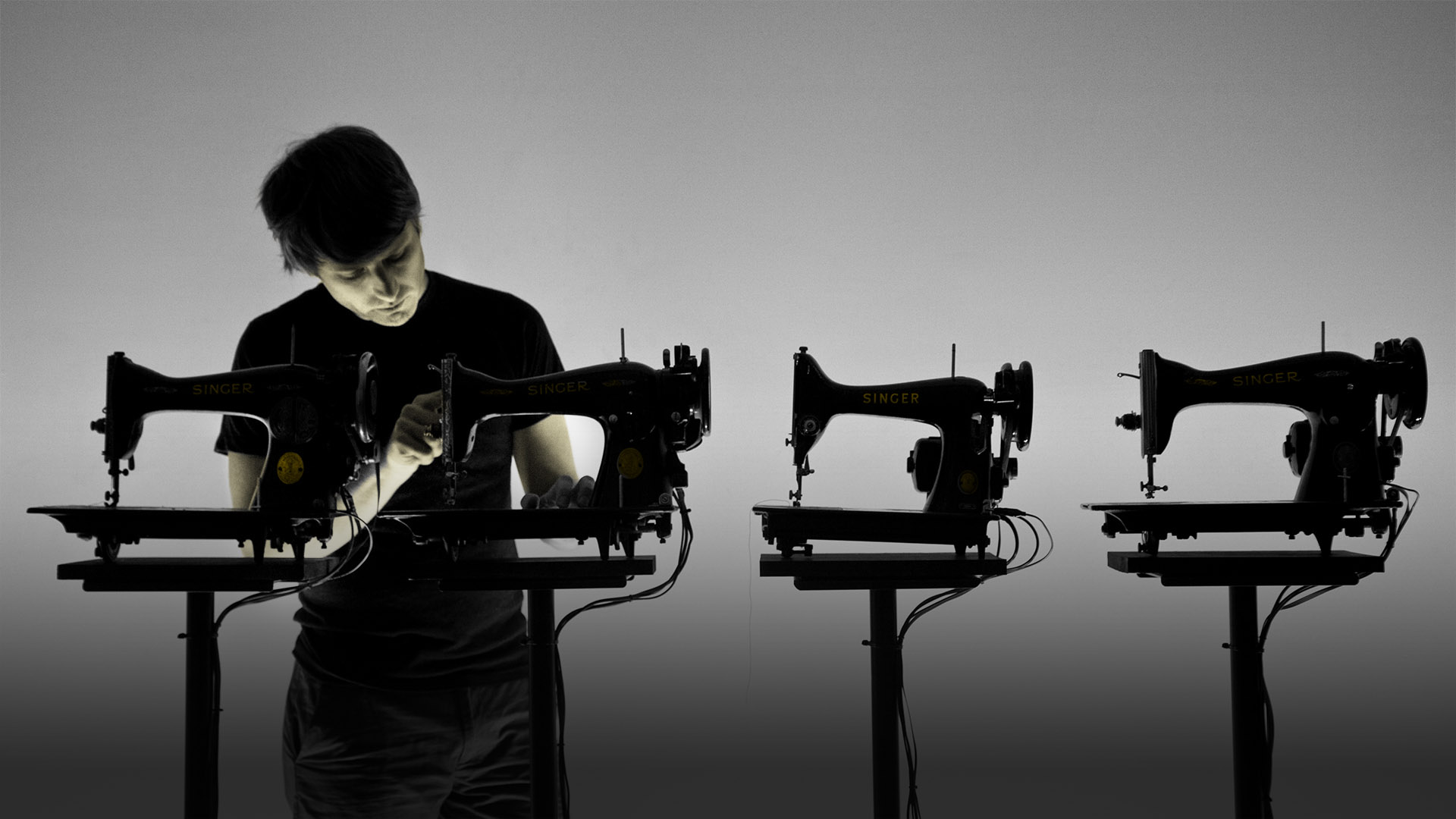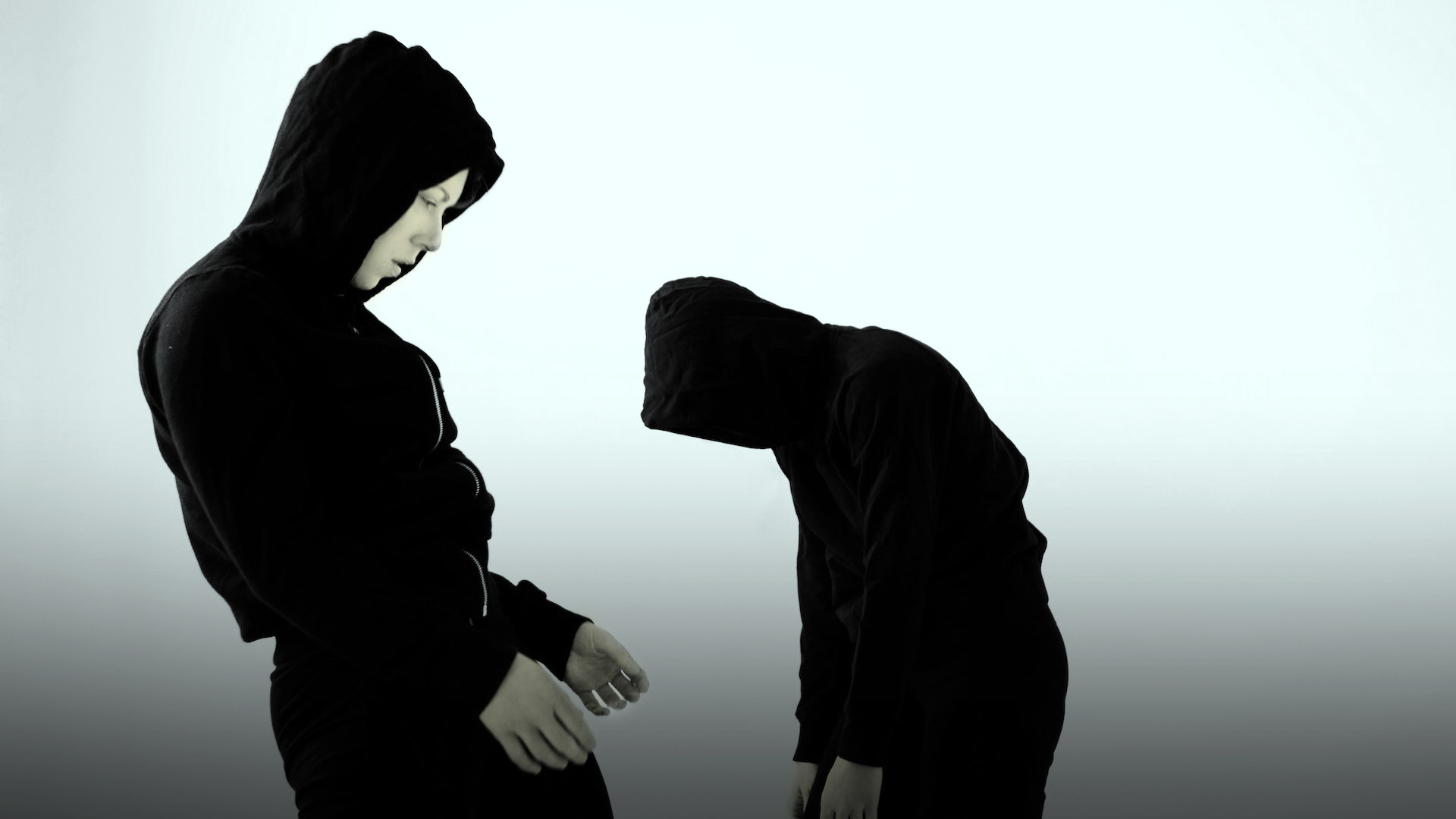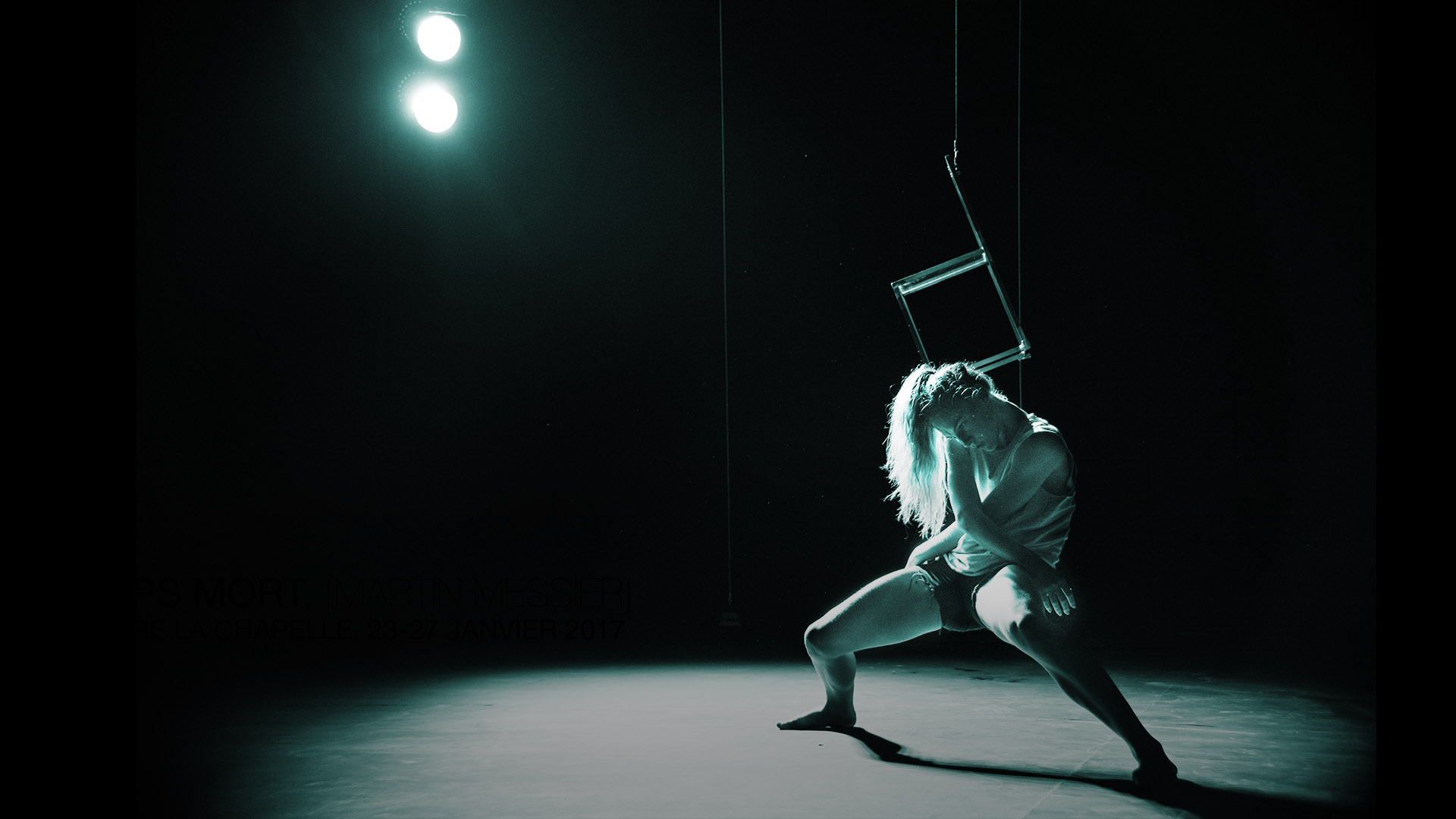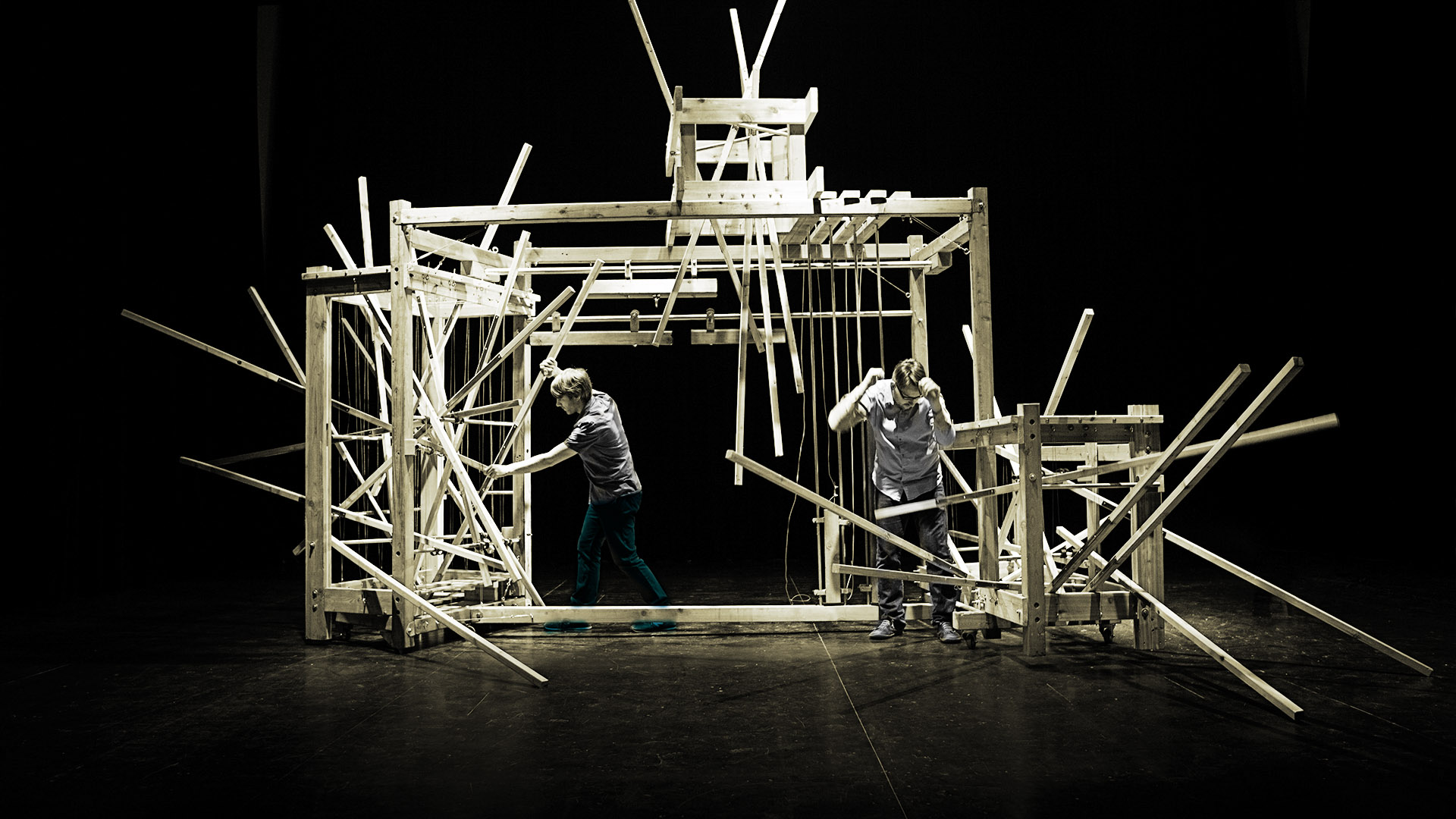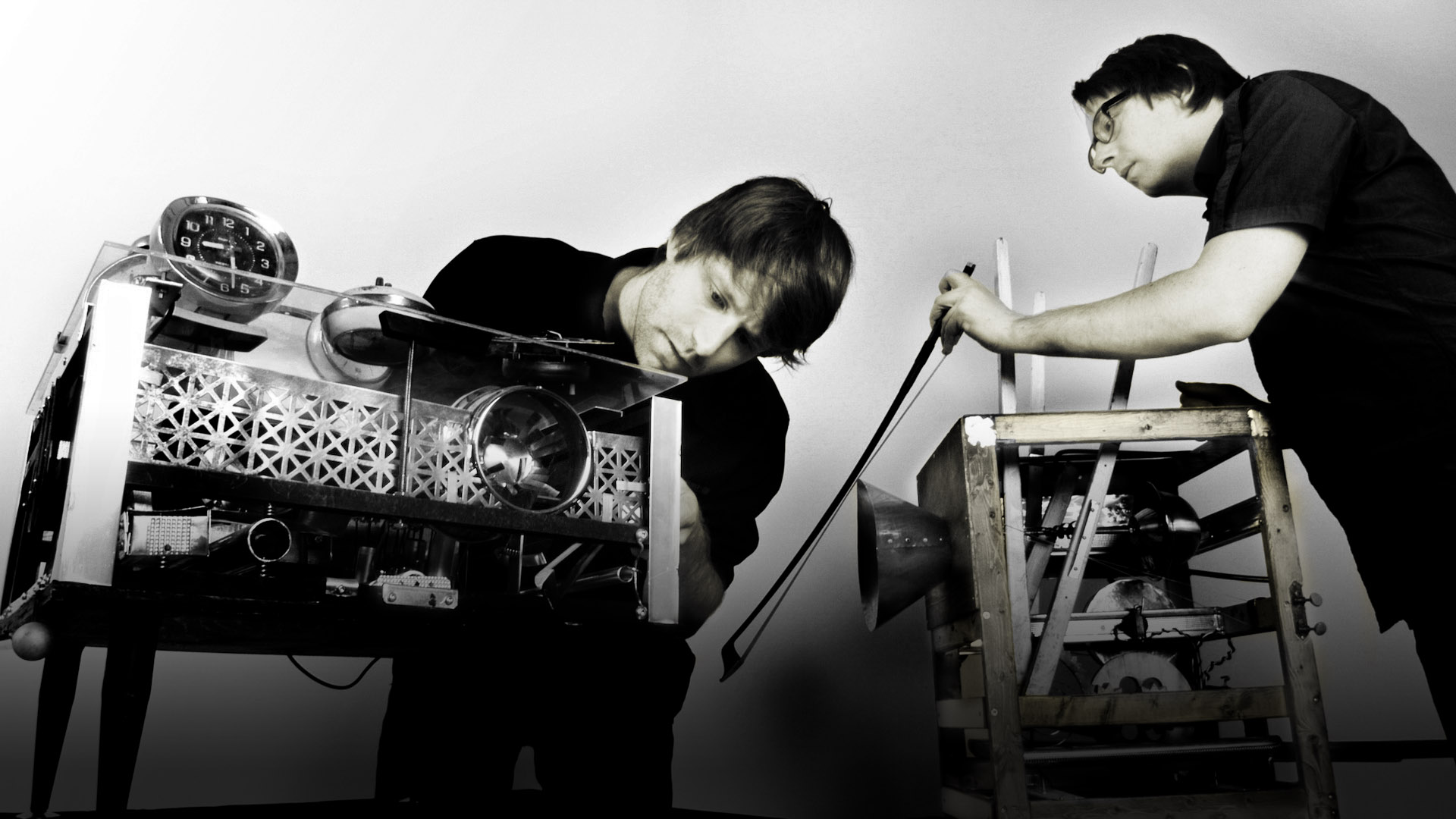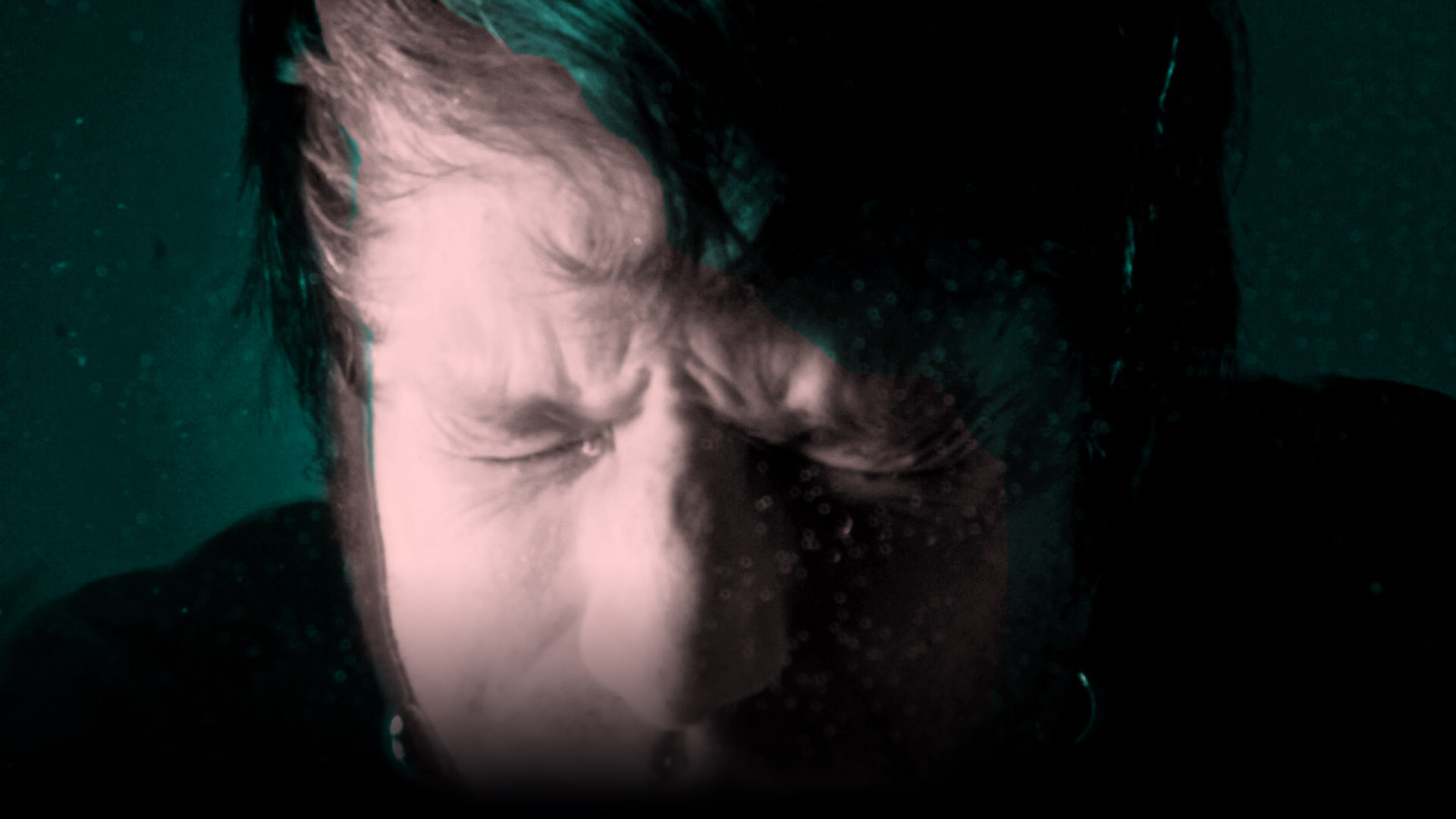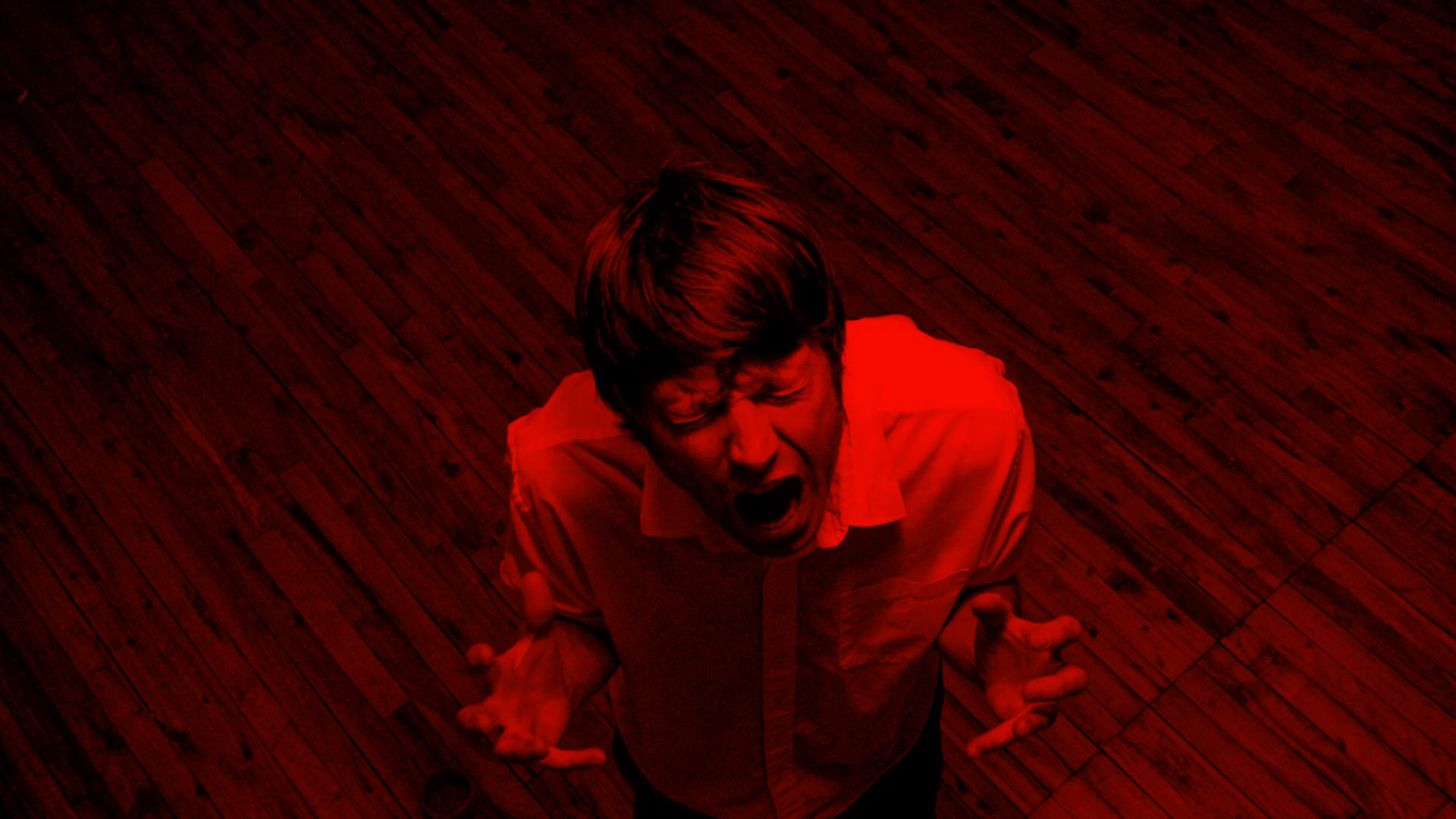MARTIN MESSIER | IMPULSE
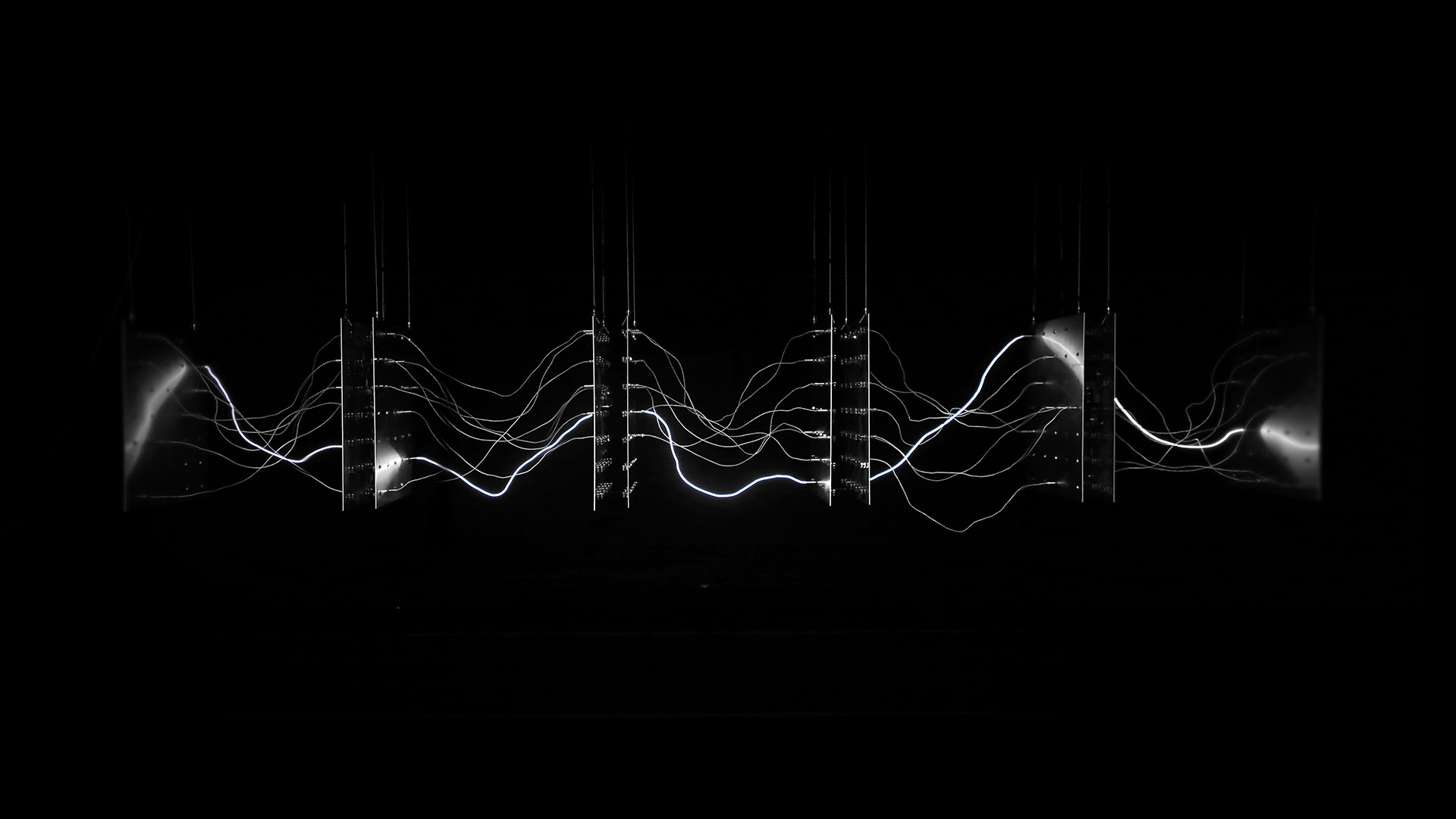
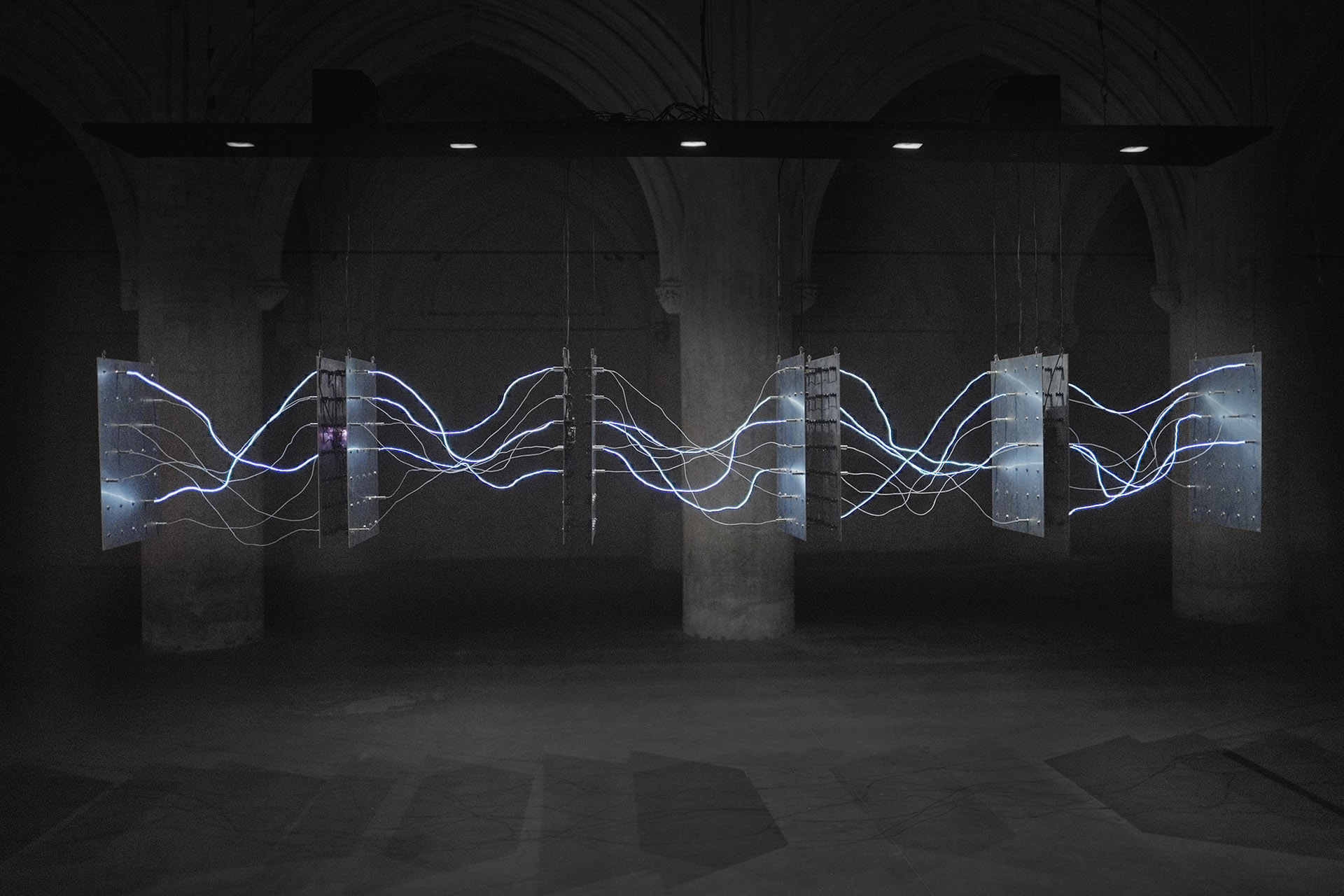

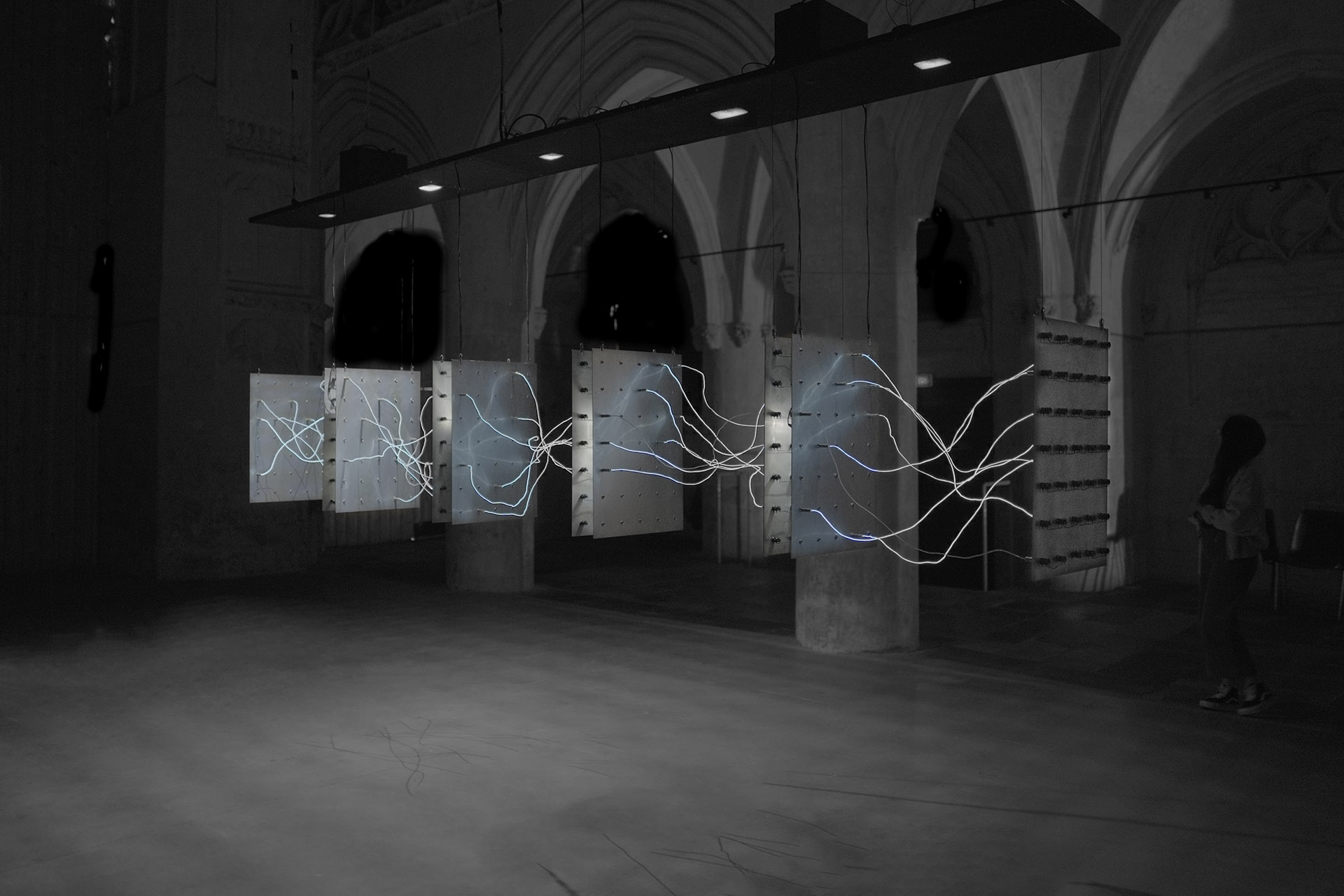
MARTIN MESSIER | IMPULSE
With Impulse, Martin Messier offers a poetic metaphor for the functioning of the brain, through a circulation of energy materialized by threads of light. Inspired by neural networks, the work unfolds on a metal structure where luminous wires, like axons, link five panels that act as synapses. These panels receive, encode and transmit light impulses, mimicking neural action potentials.
Far from linear regularity, Impulse's light sequences are erratic and unpredictable. Disruptive discharges, like spectres, appear in unexpected places, generating autonomous, fragmented light choreographies that integrate into an overall composition. This dynamic seems to invert control, as if the light impulse itself were directing its own fortuitous trajectories.
The entire installation has an electrifying effect, stimulating viewers' sensory systems. Not only is their vision solicited, but also their hearing - thanks to the synchronization with sound - and, finally, their entire body through the effect of multi-sensory propagation.
Artistic director, audio and visual programming
Martin Messier
Technical design and fabrication
Thomas Payette, Maxime Bouchard (HUB Studio)
Electronic
Nathanaël Lécaudé
Technical helper
Laura-Rose Grenier, Dominique Hawry
Support
Conseil des arts et lettres du Québec
